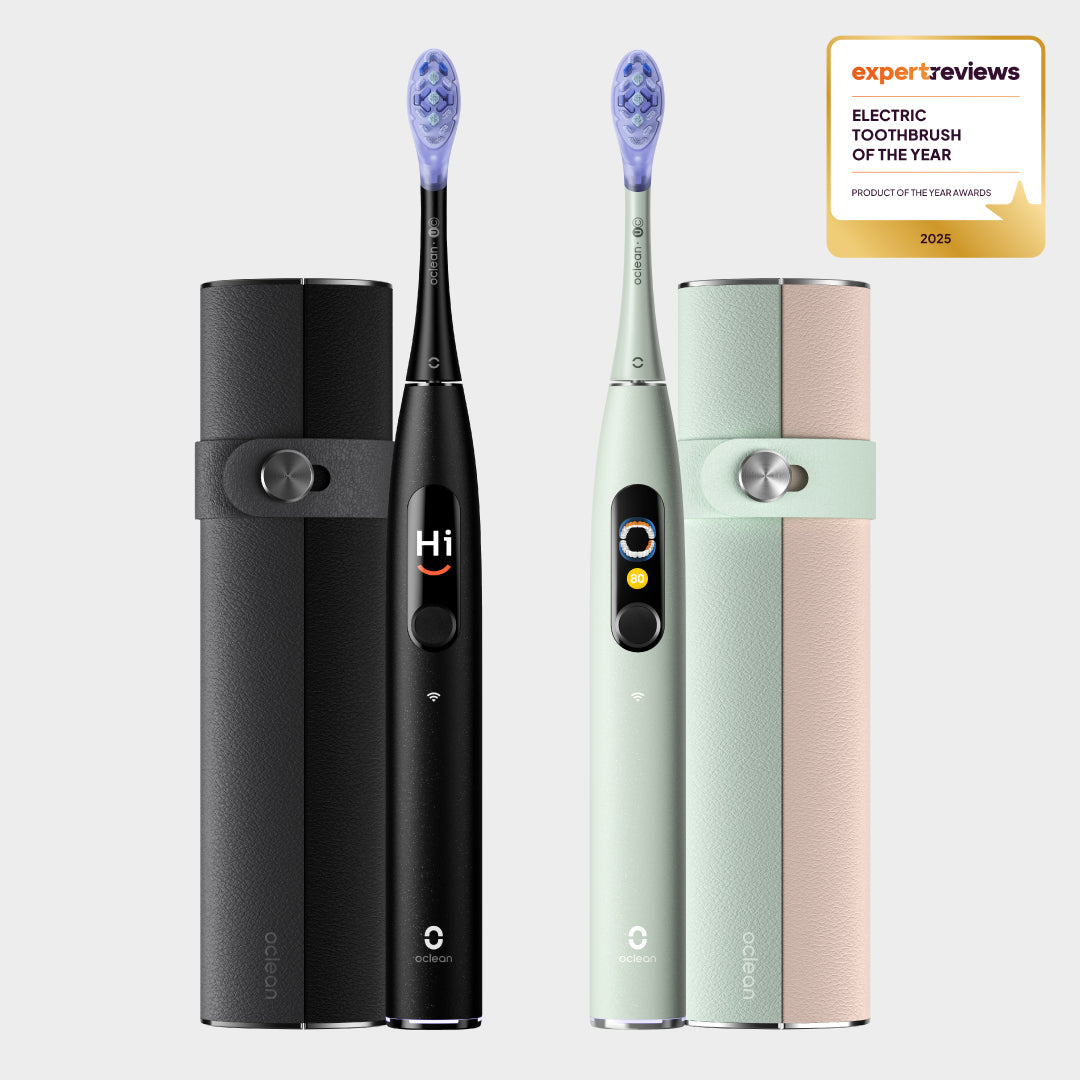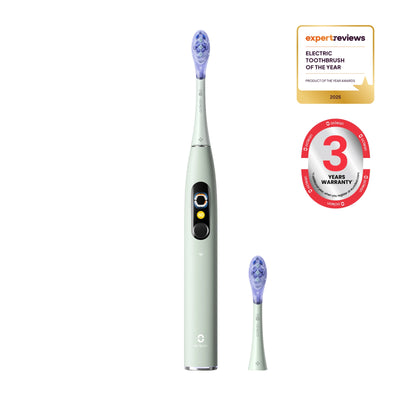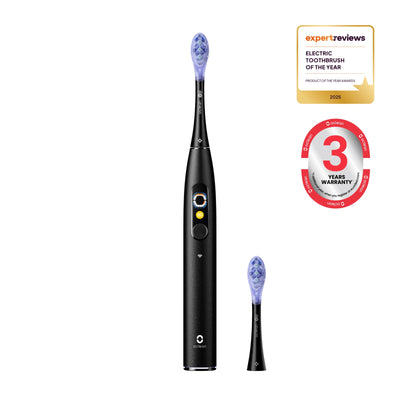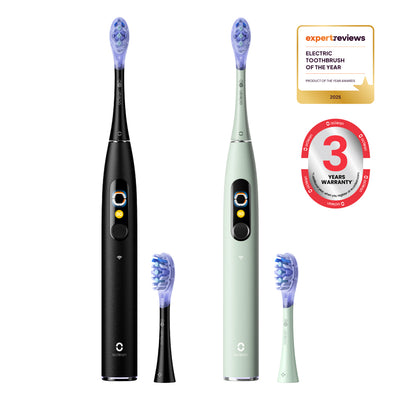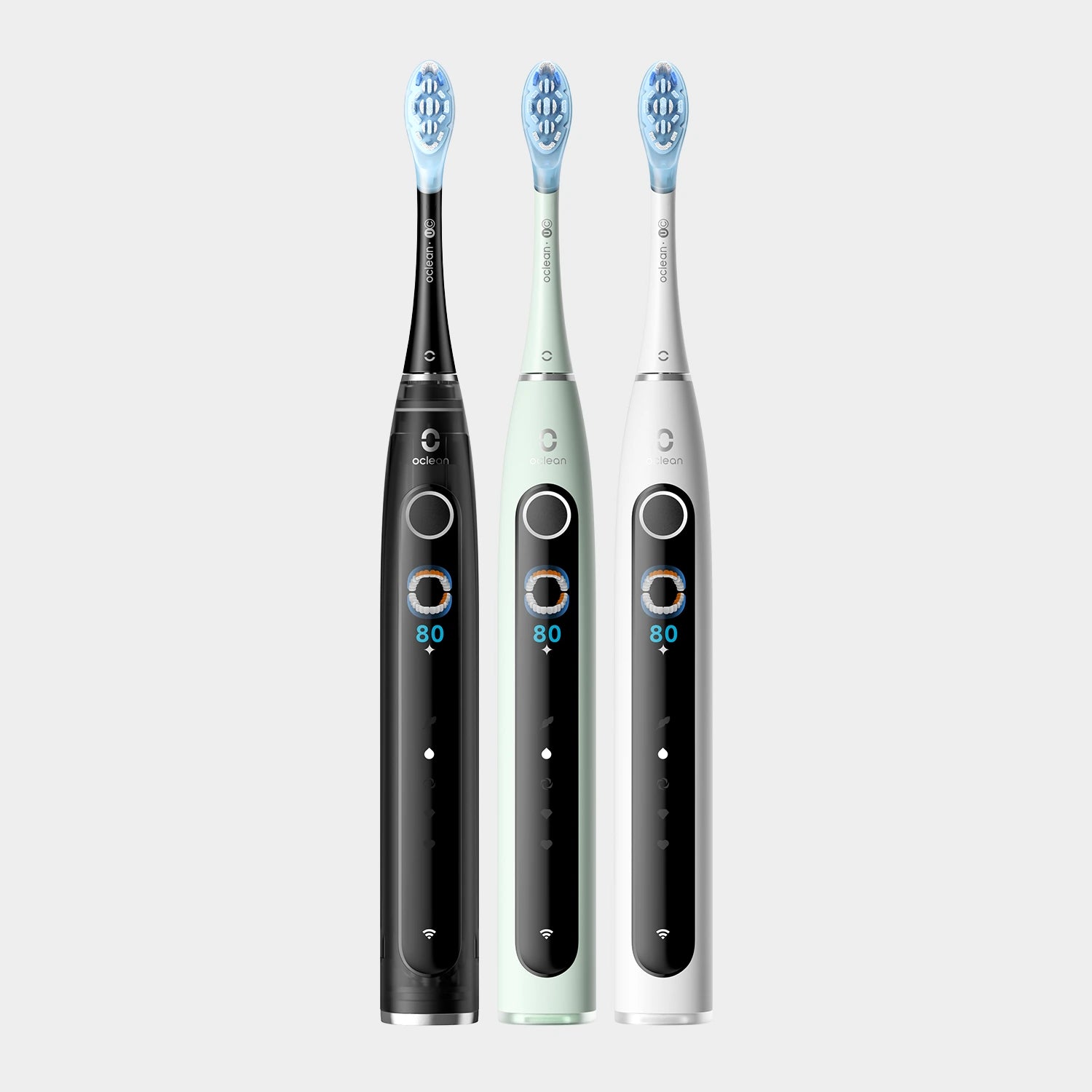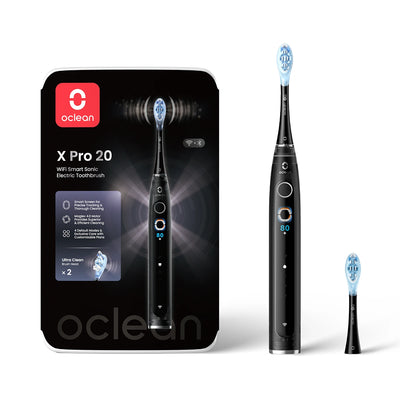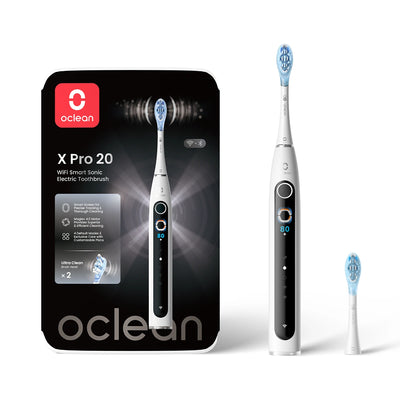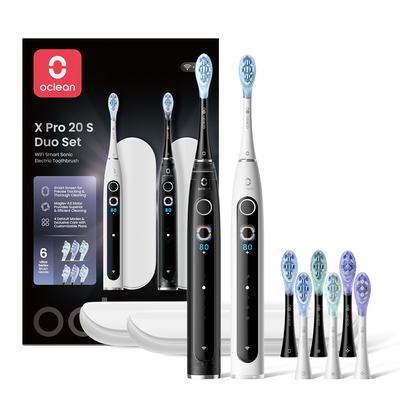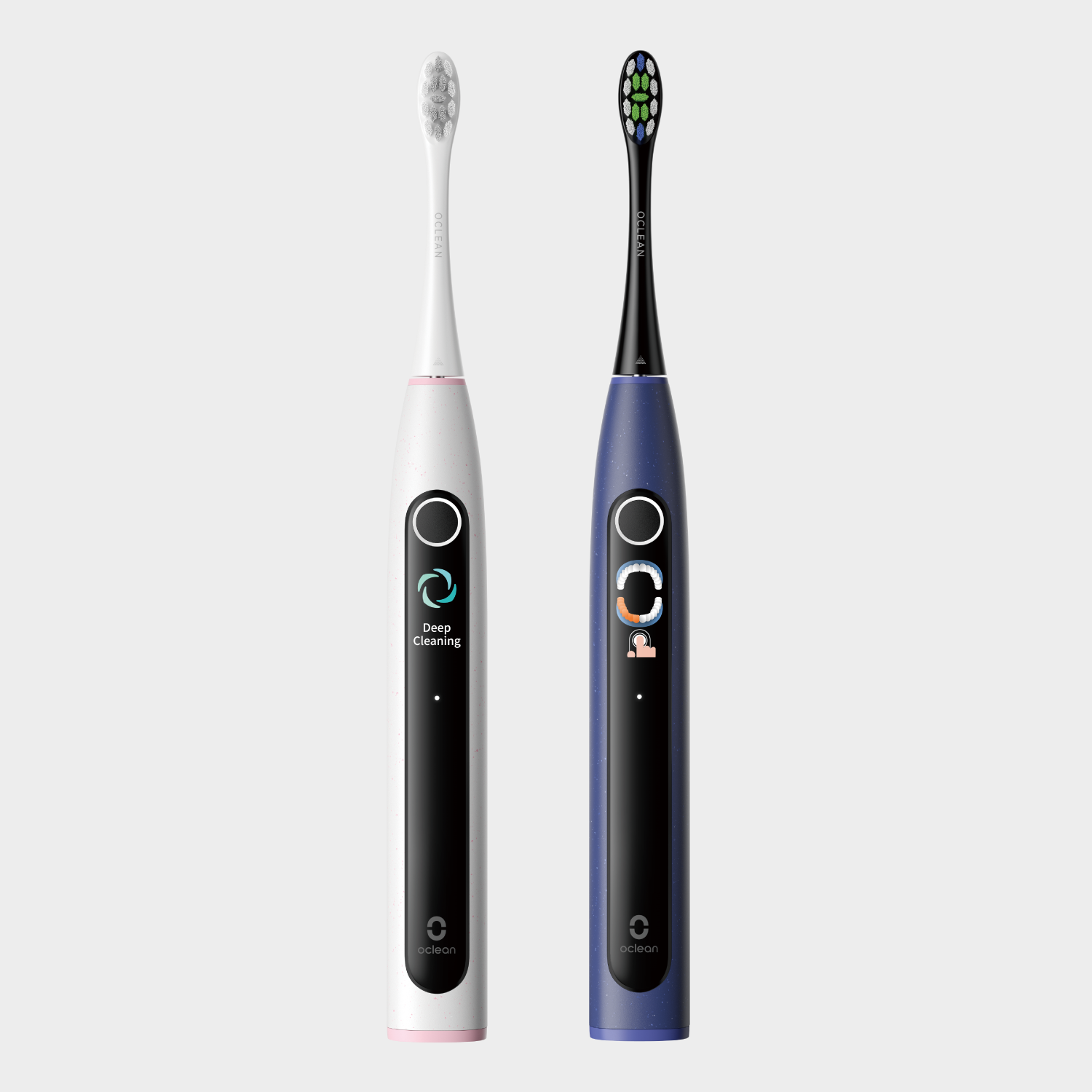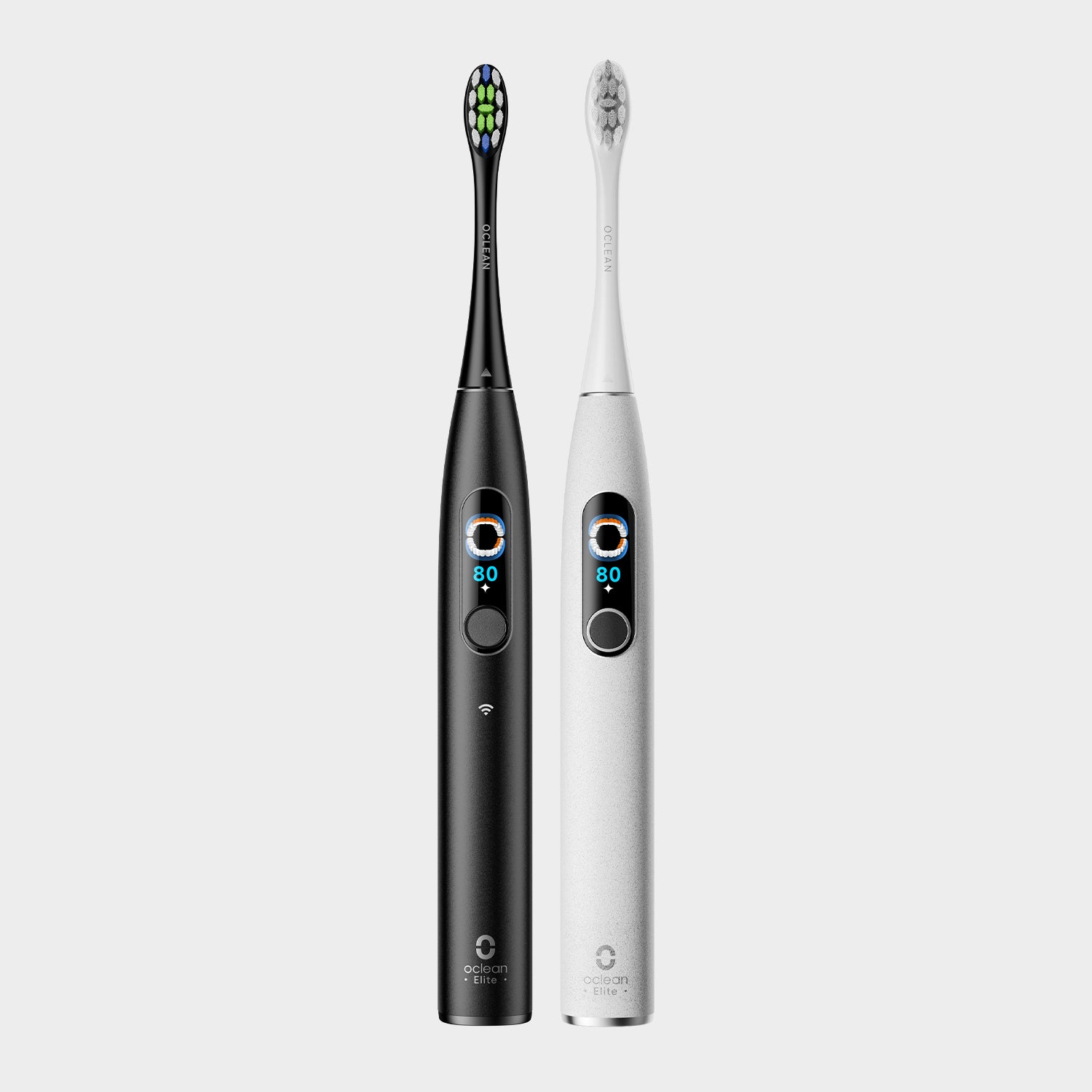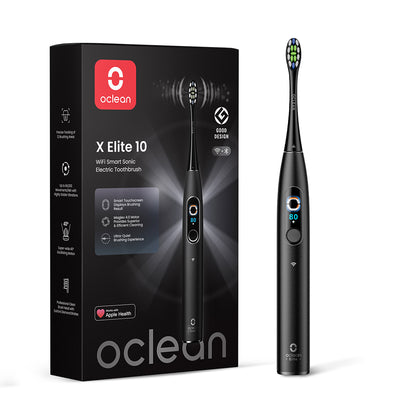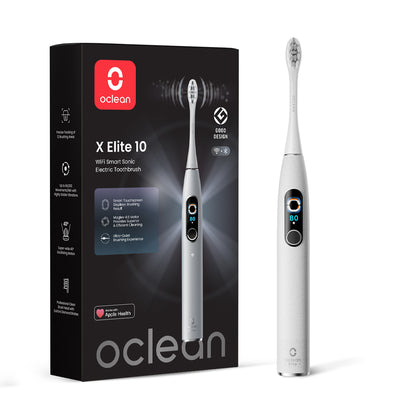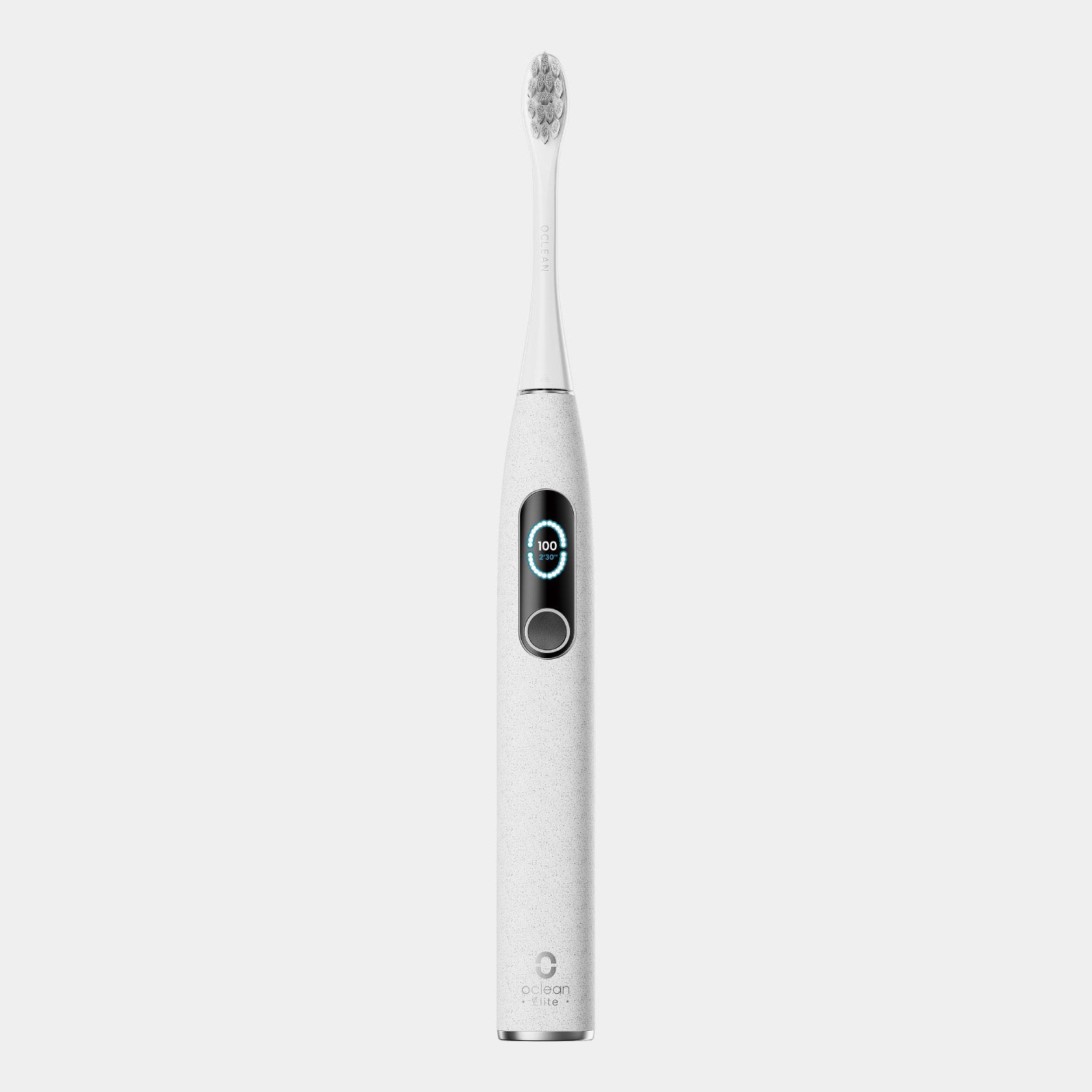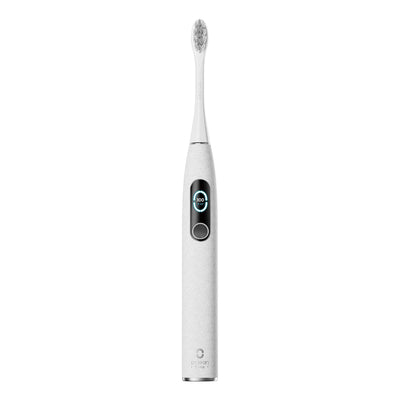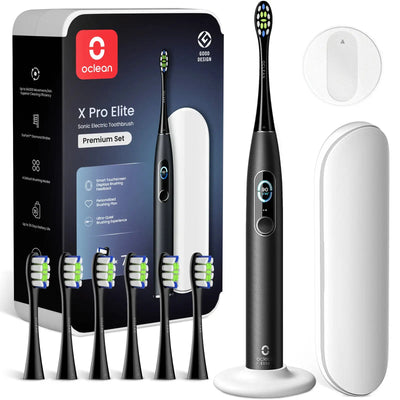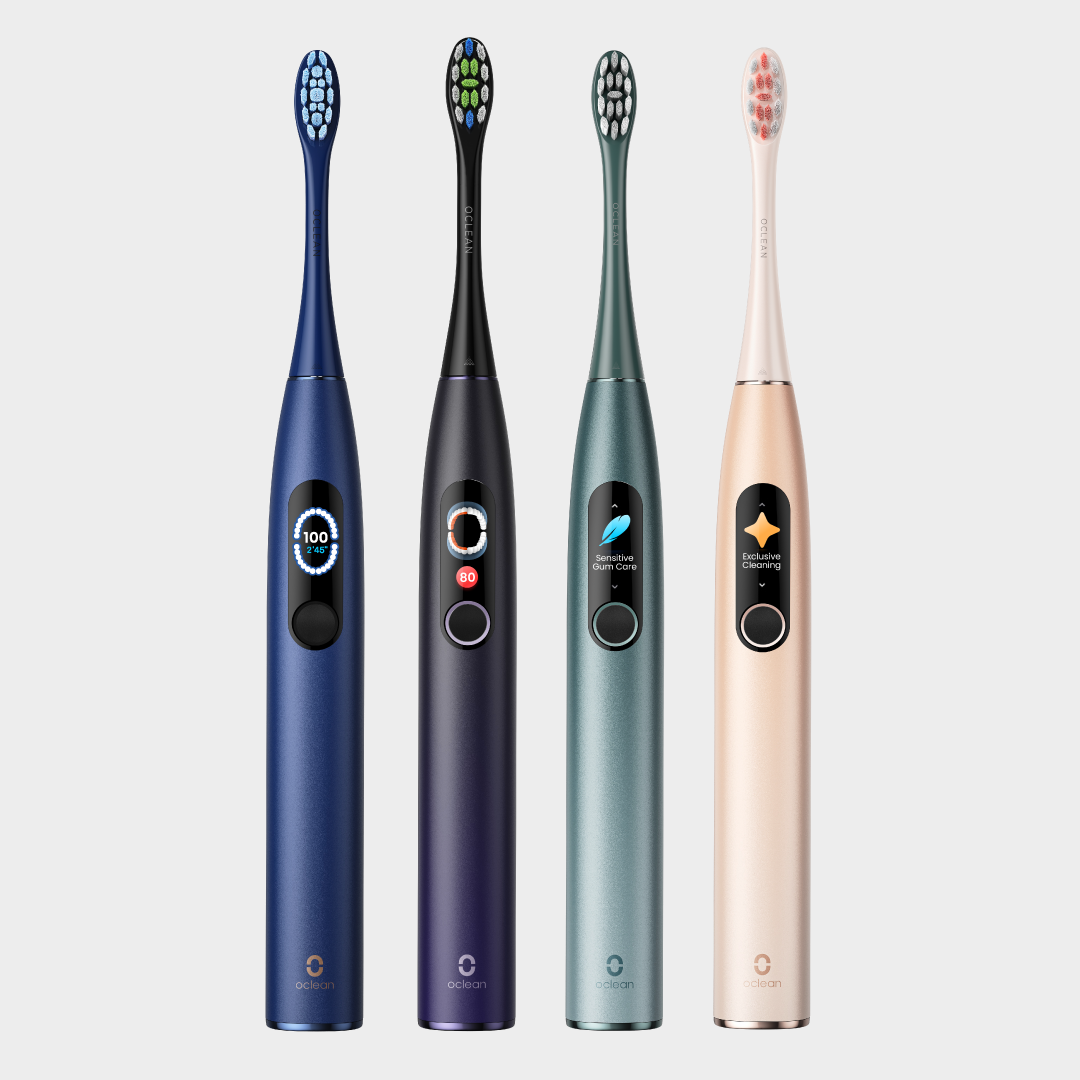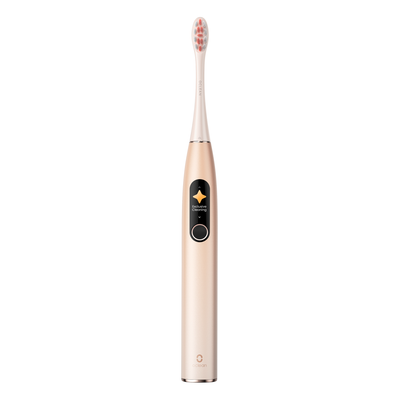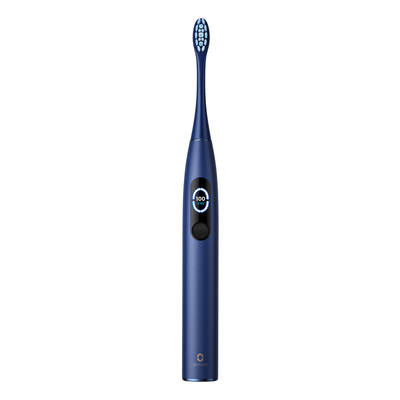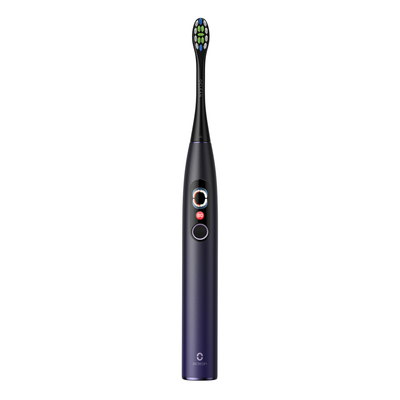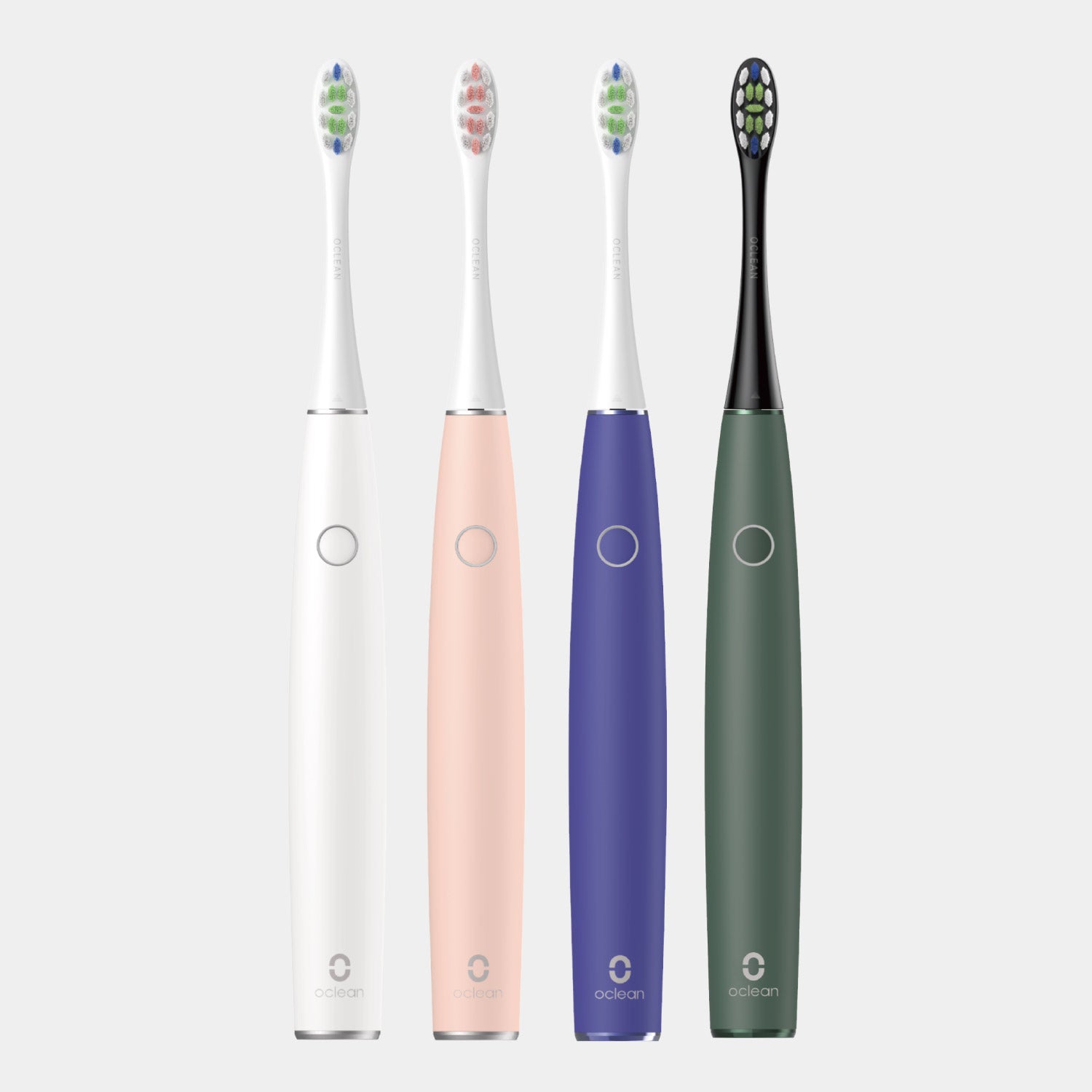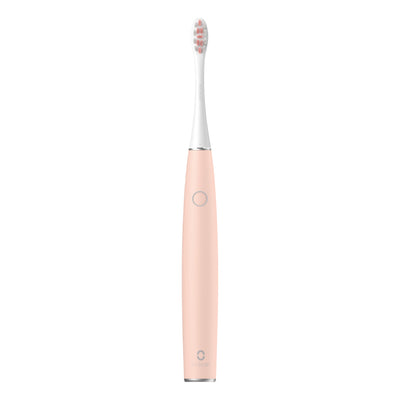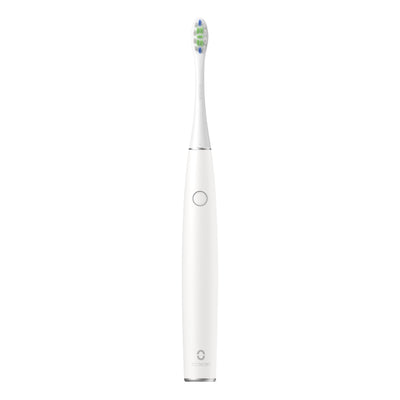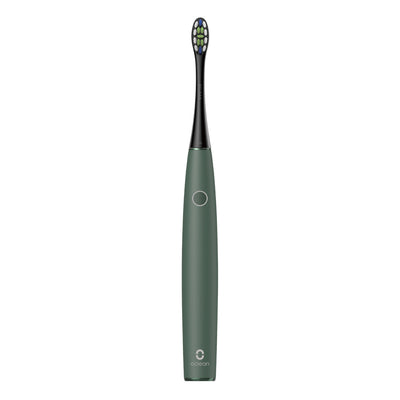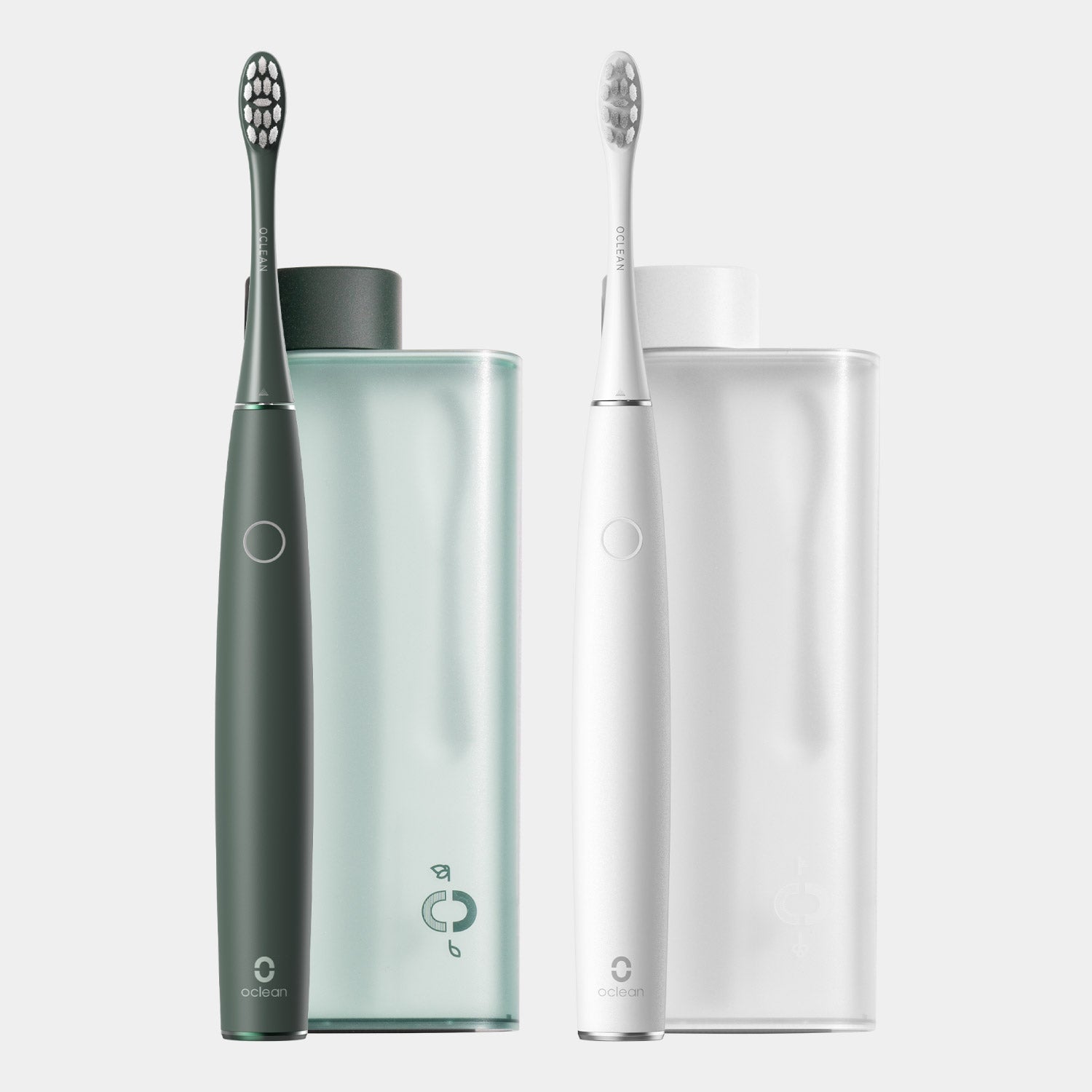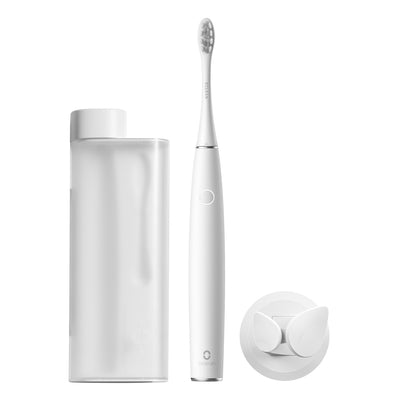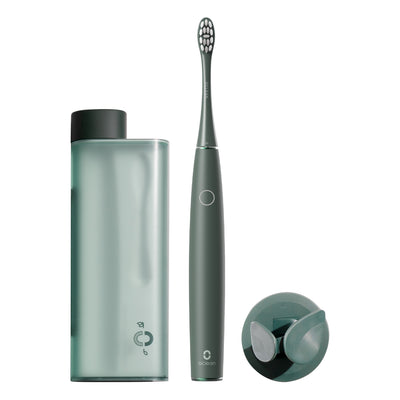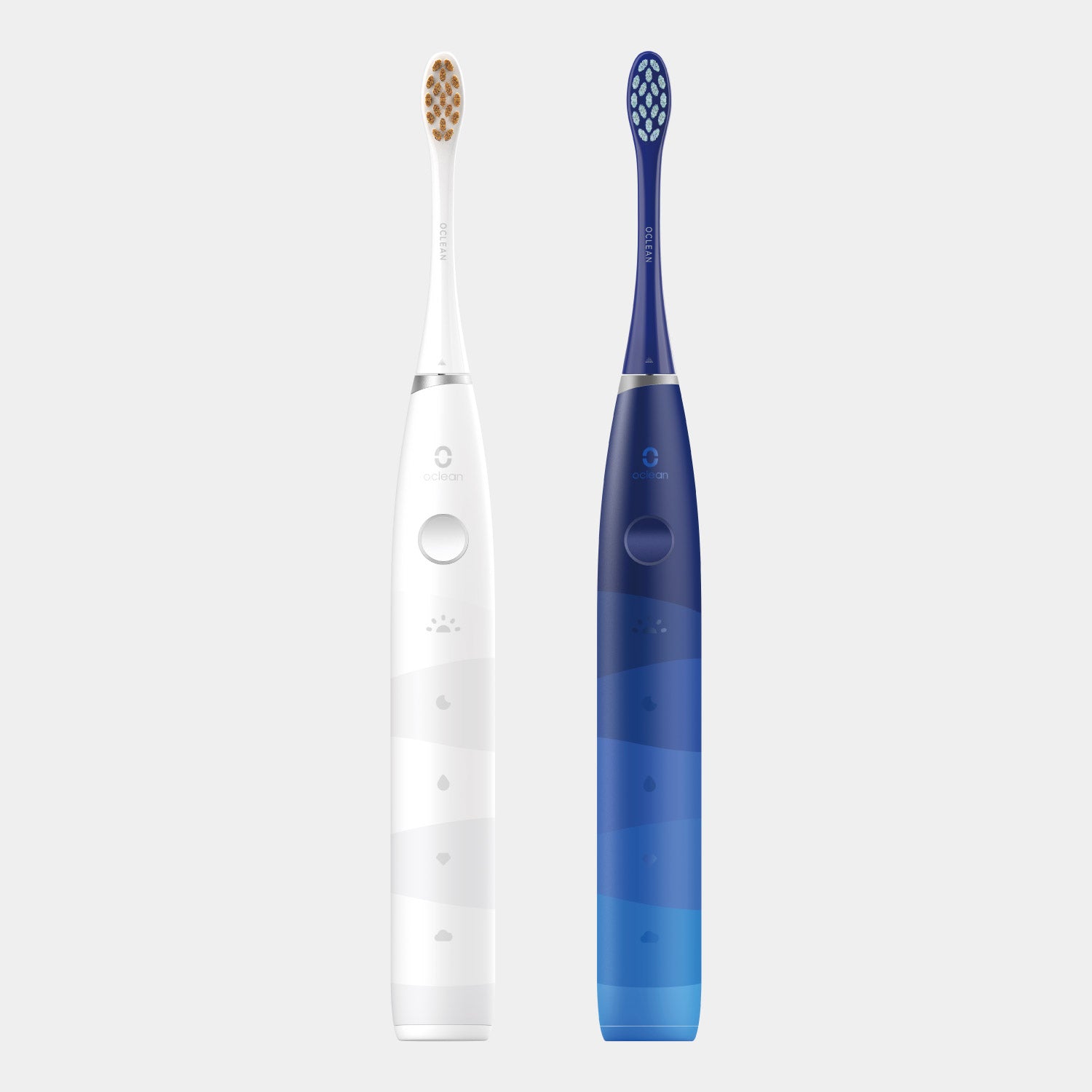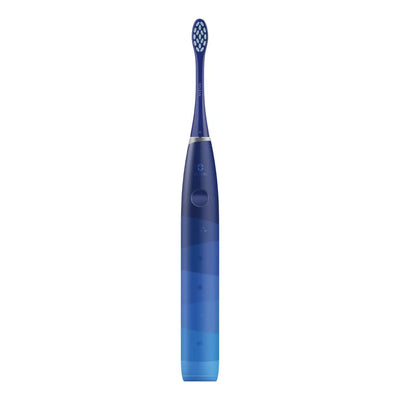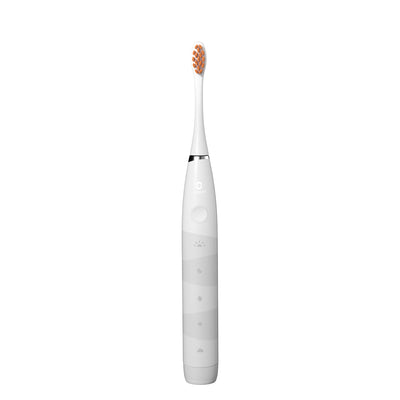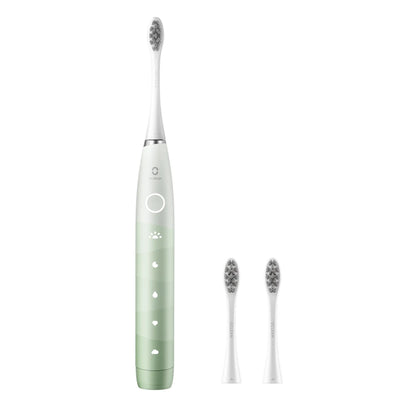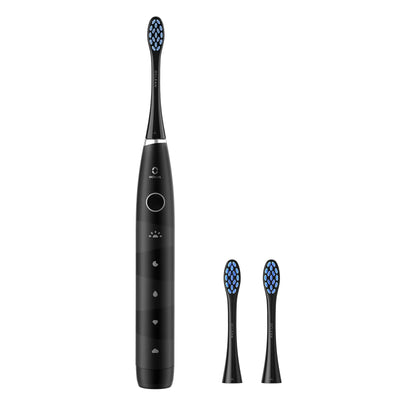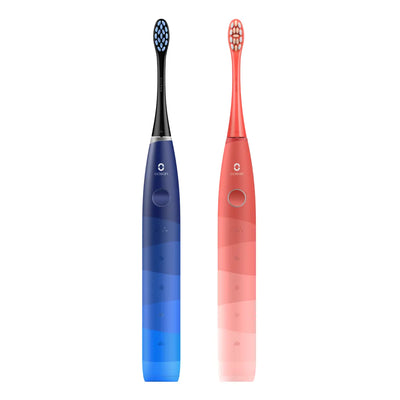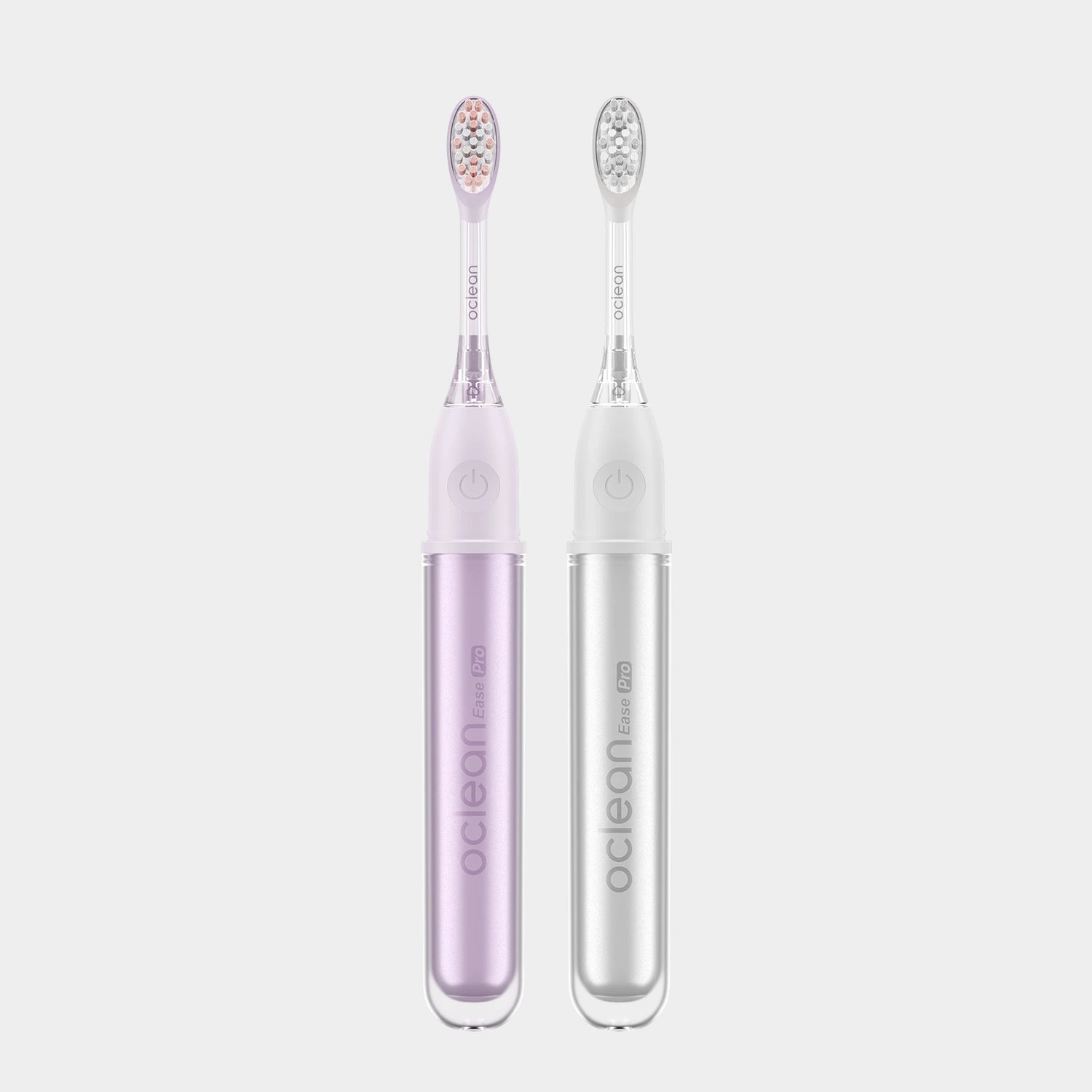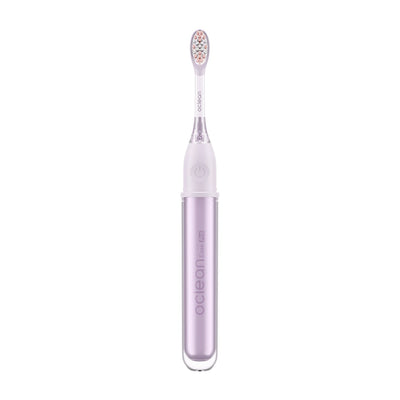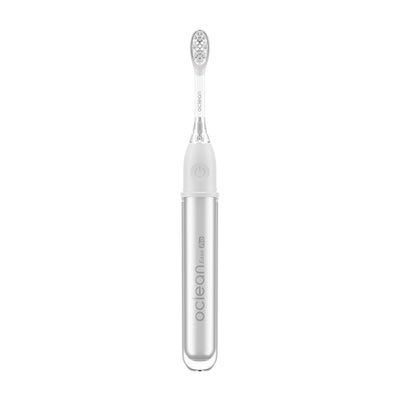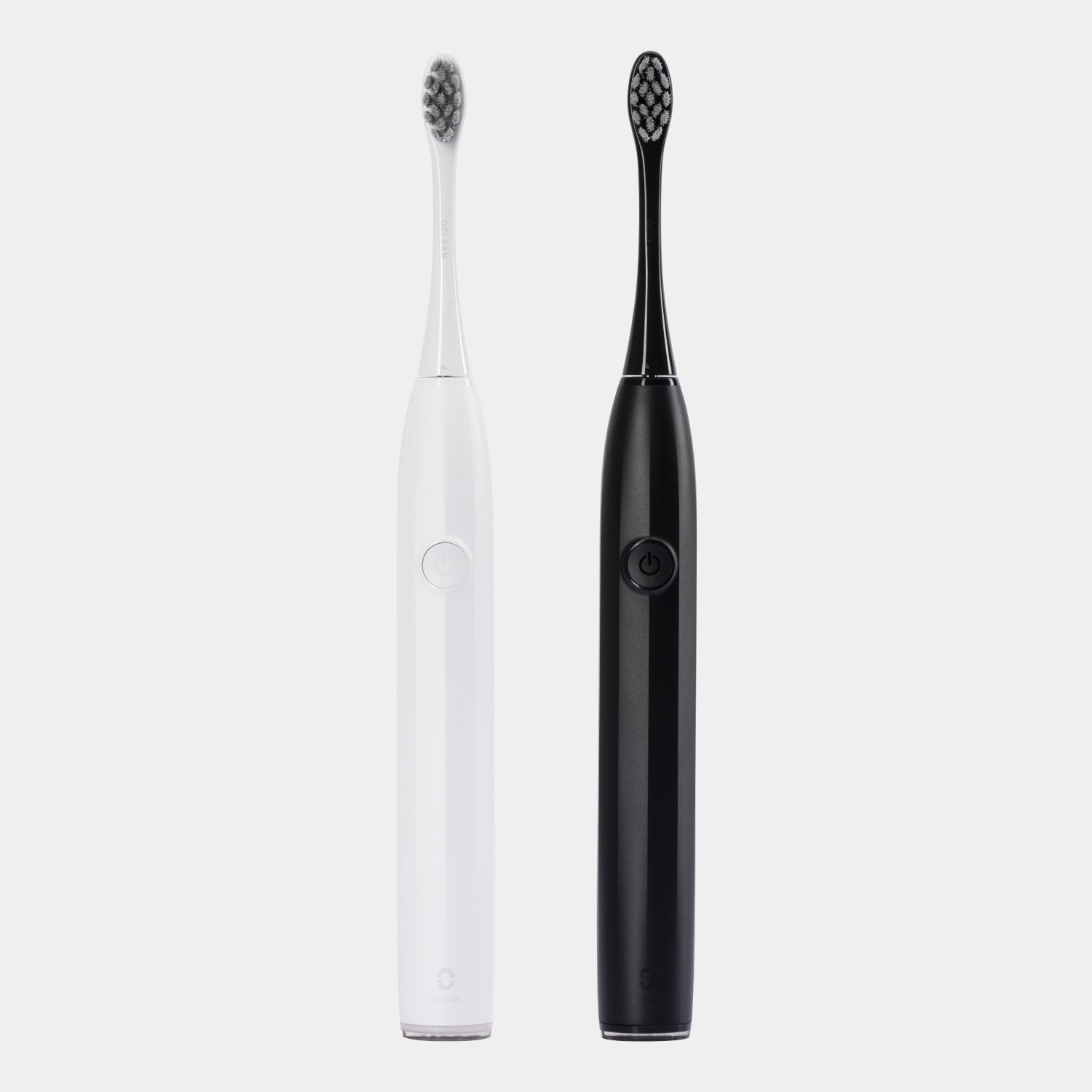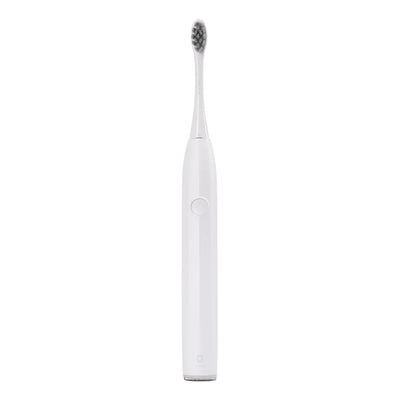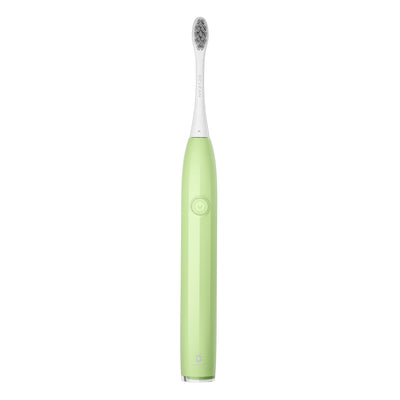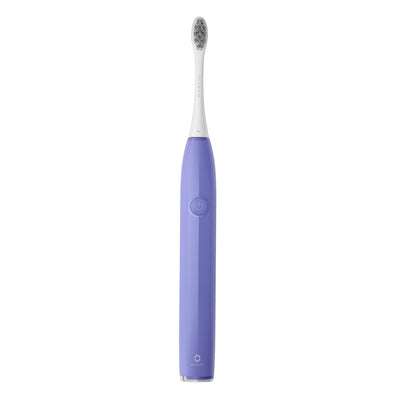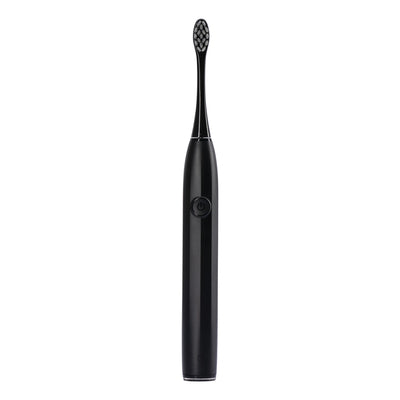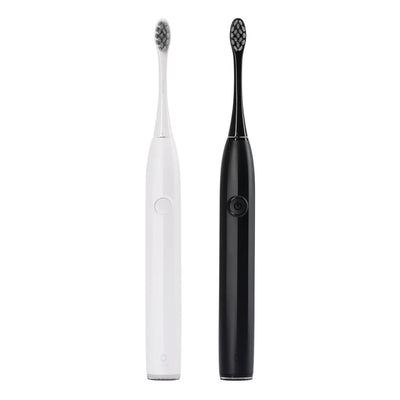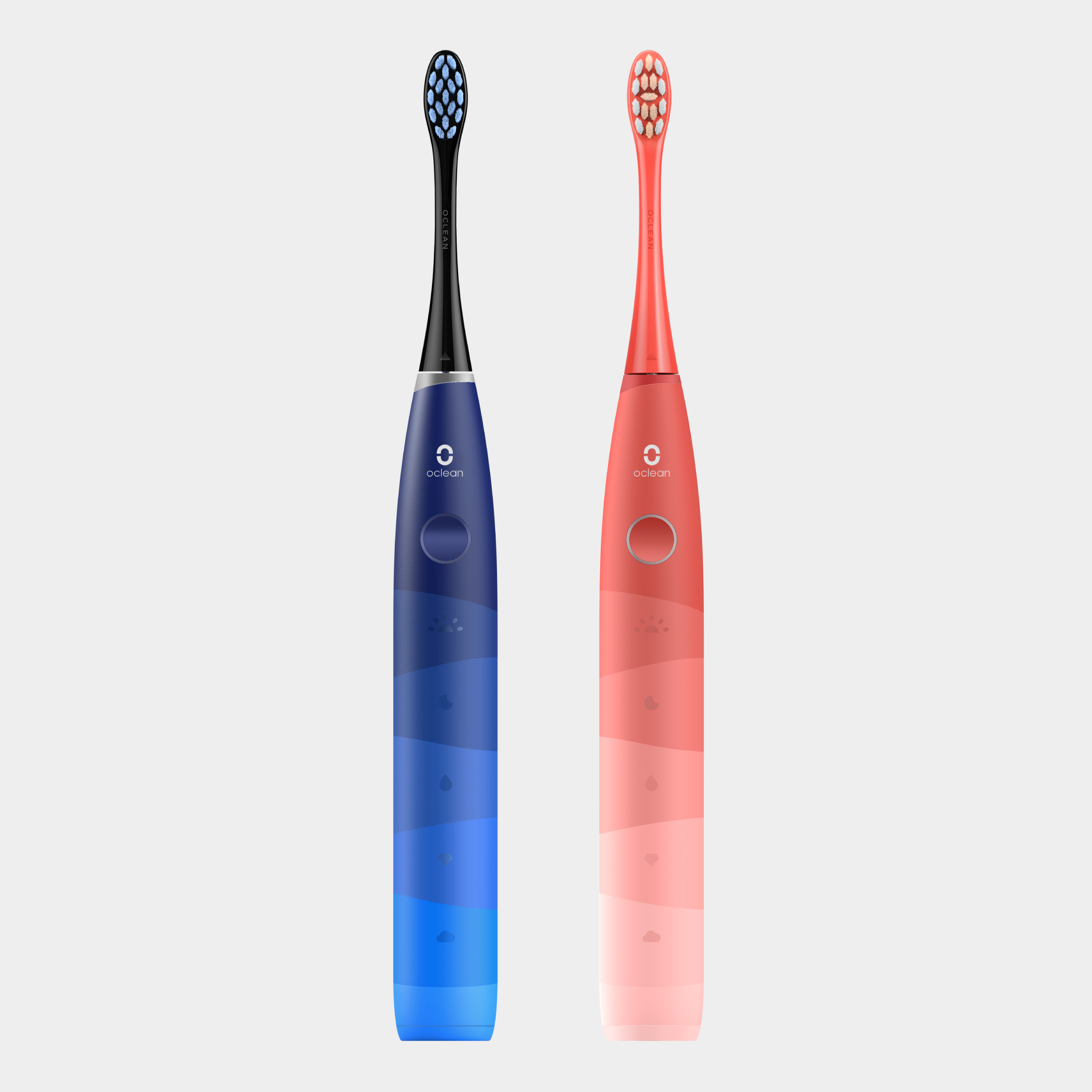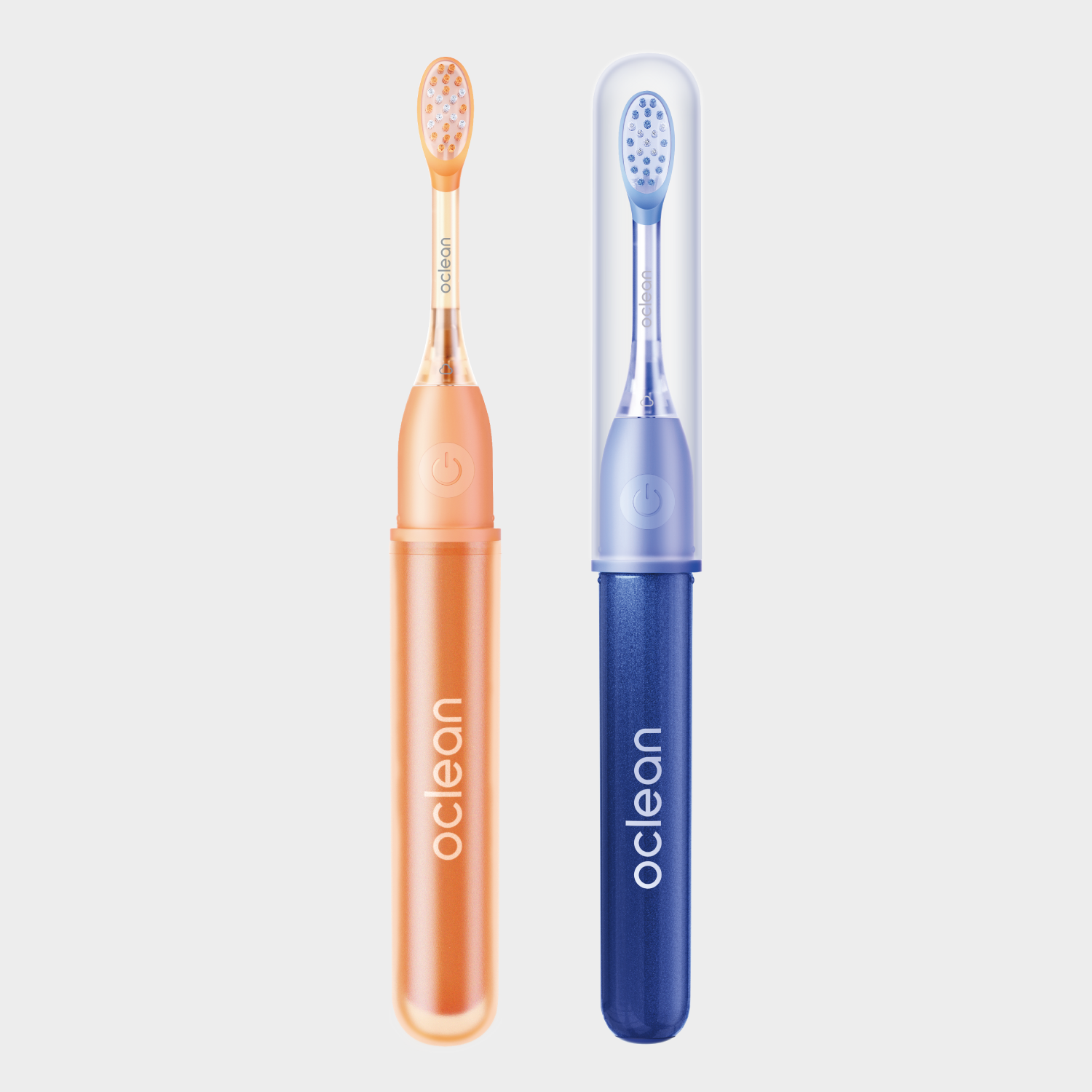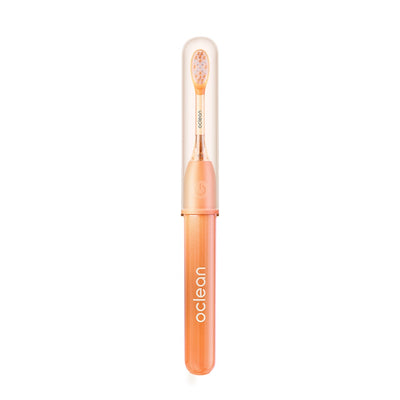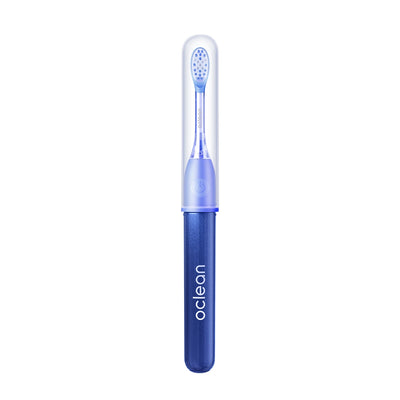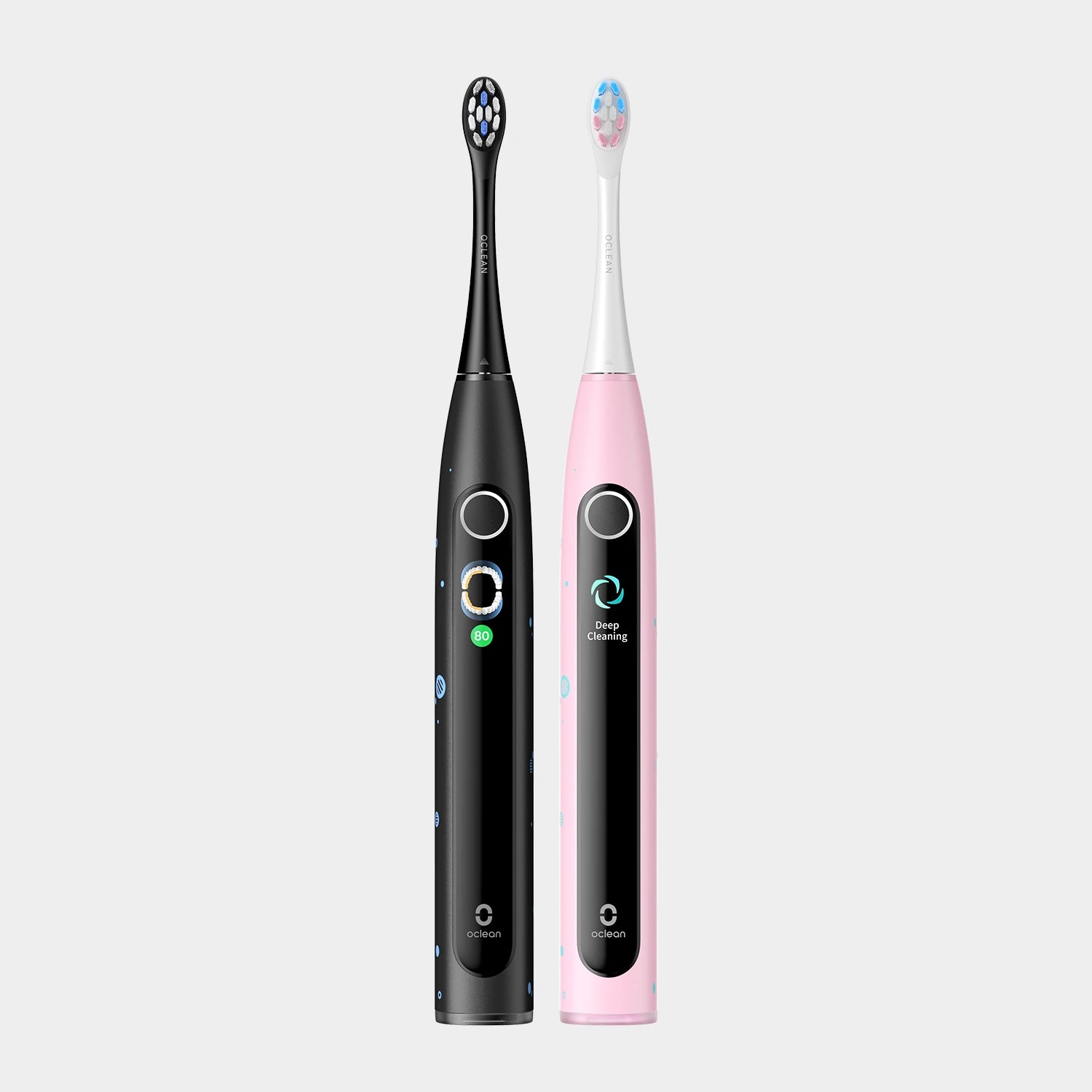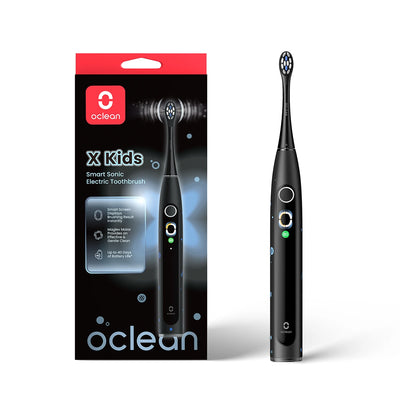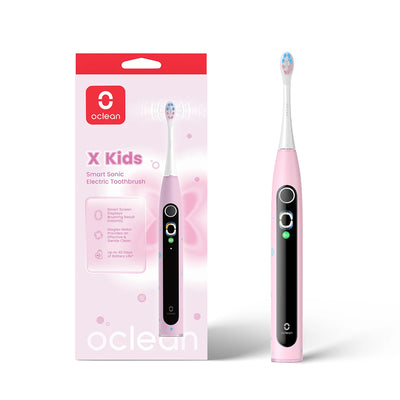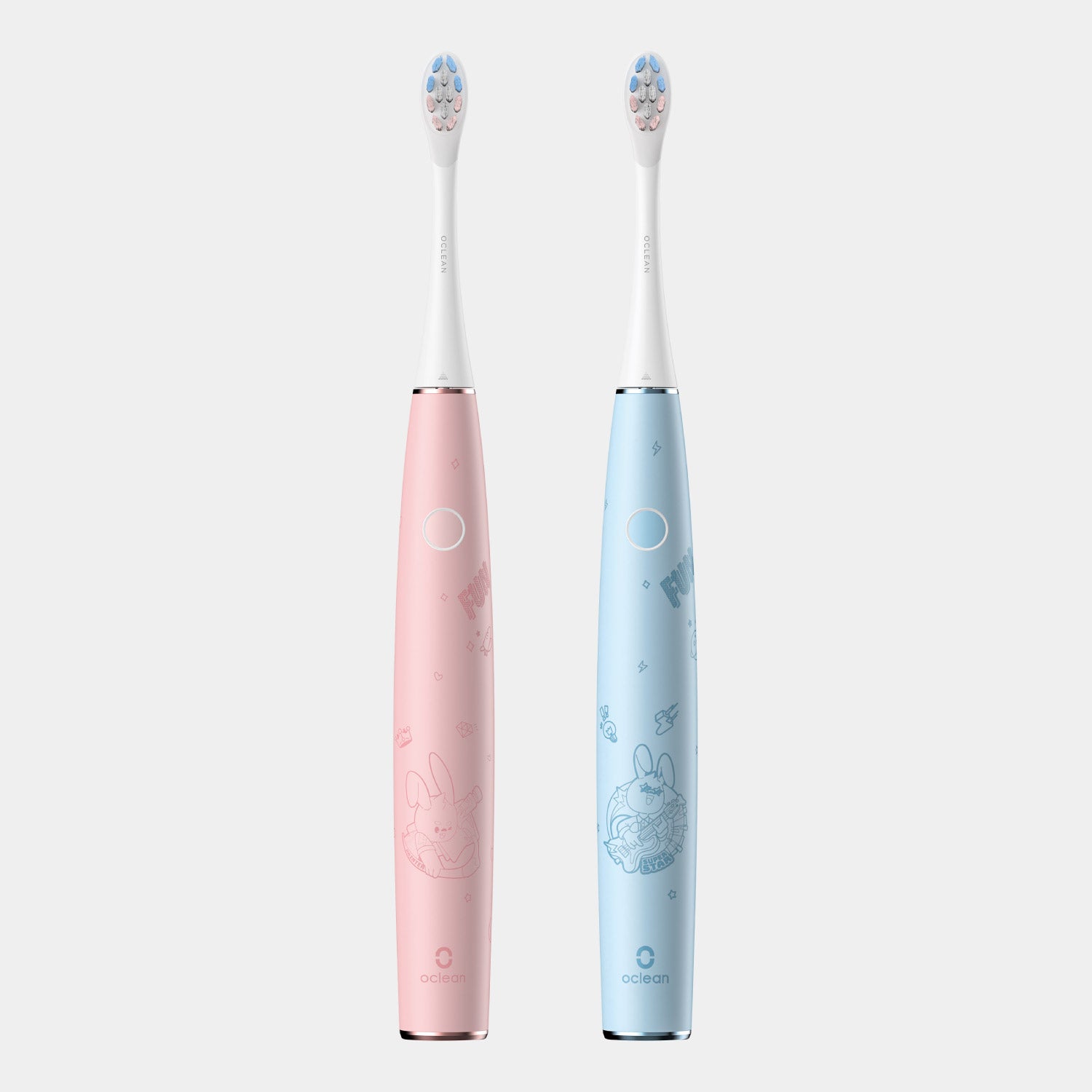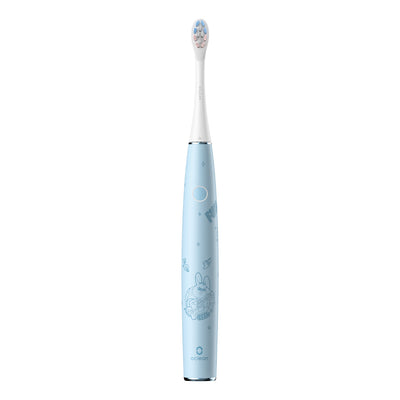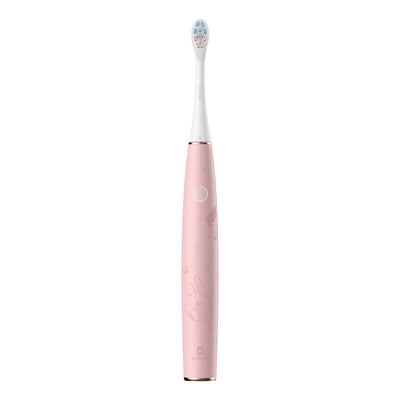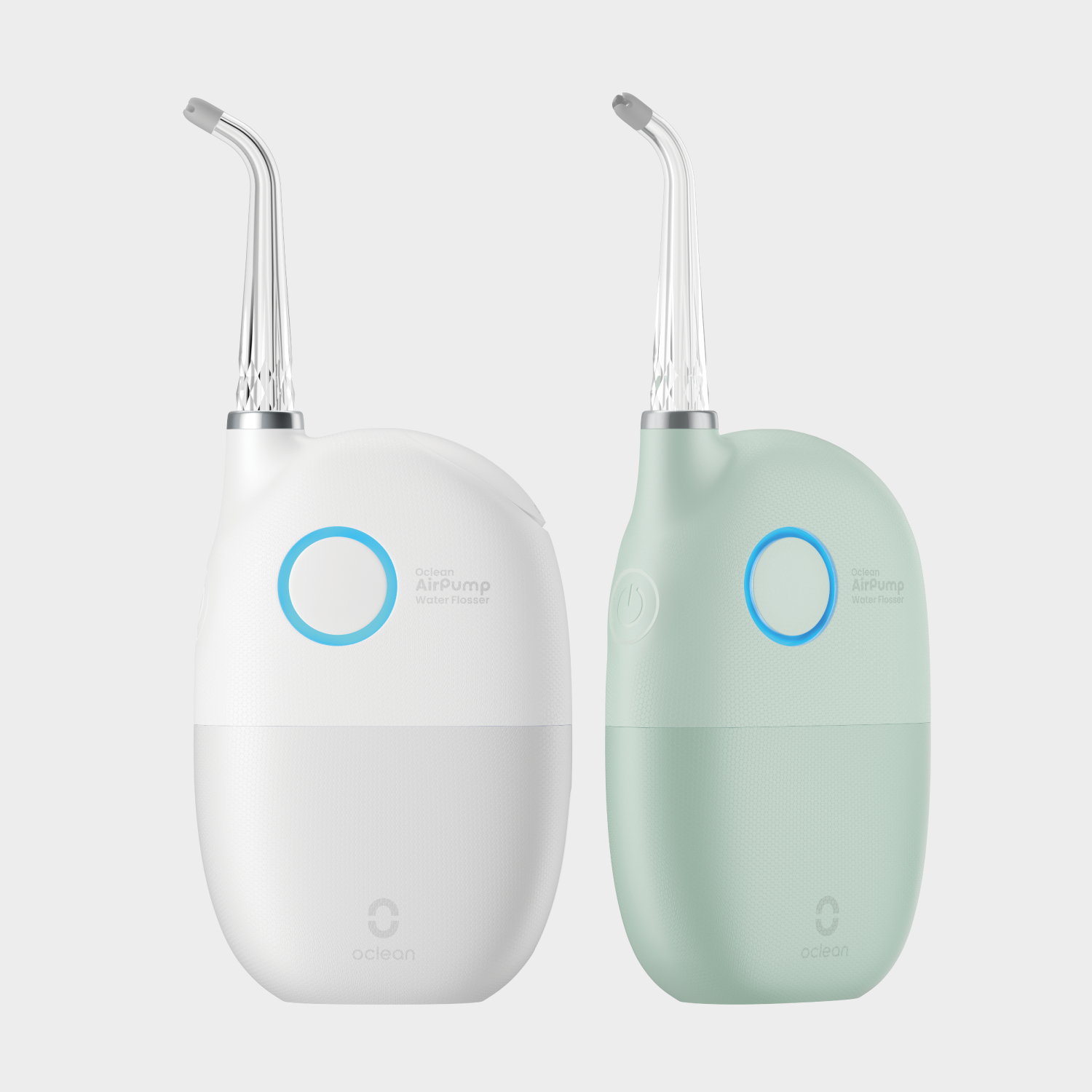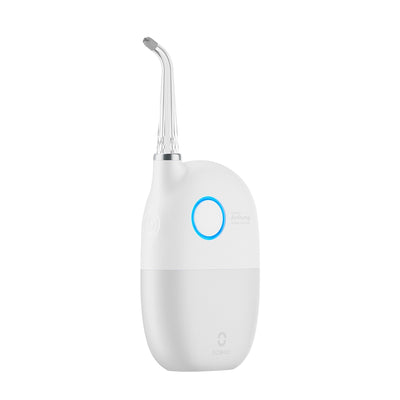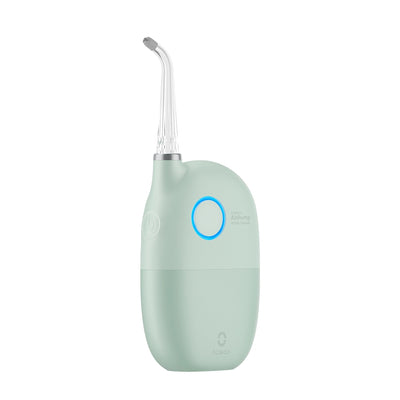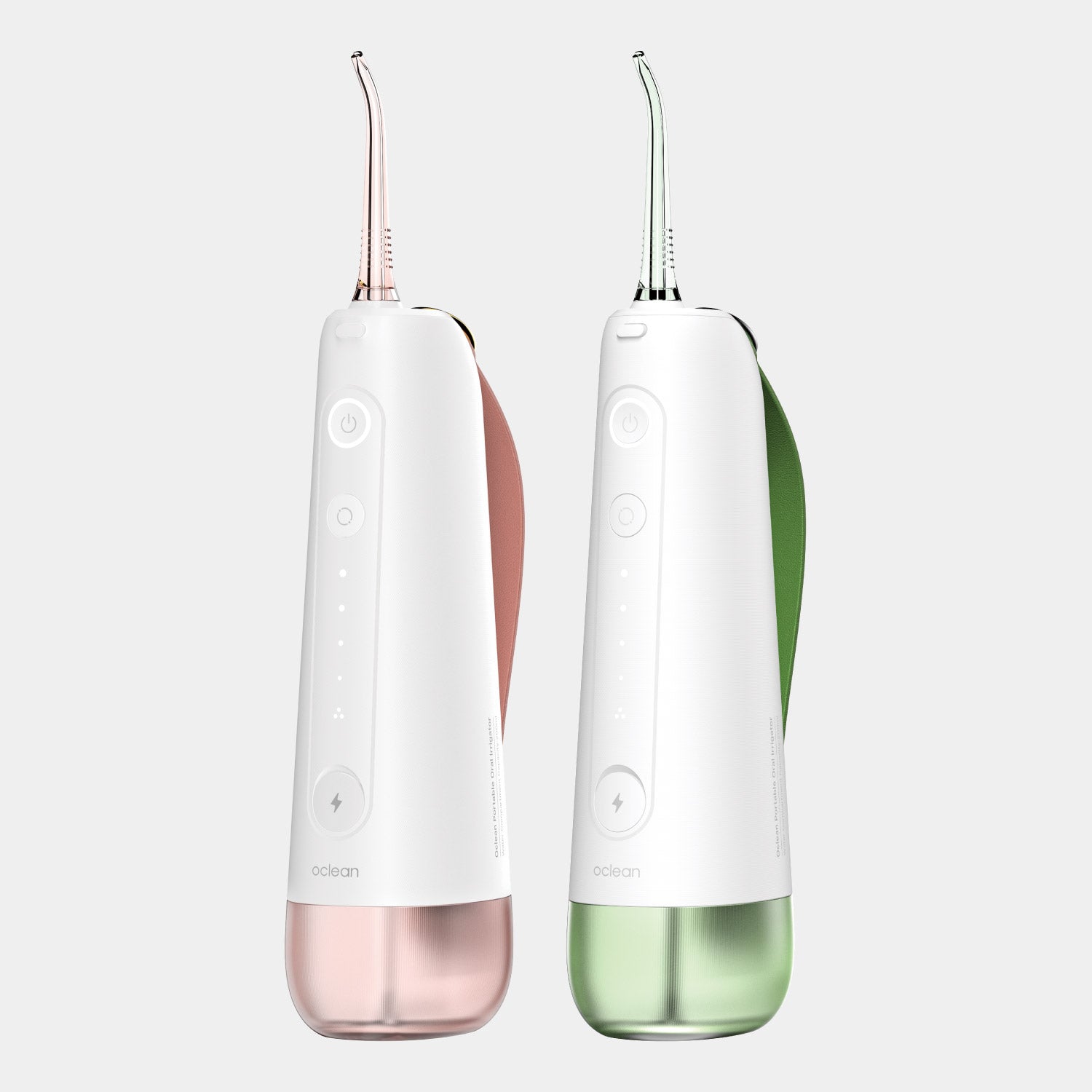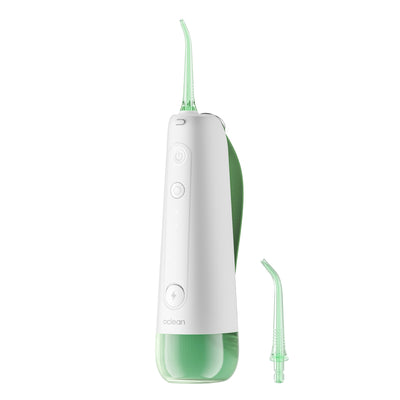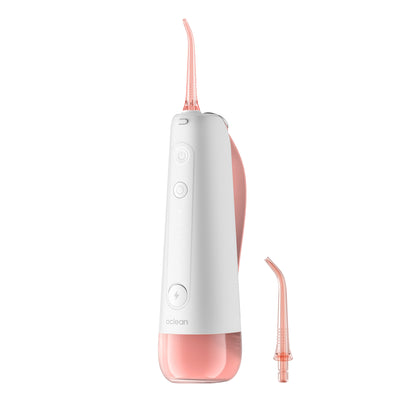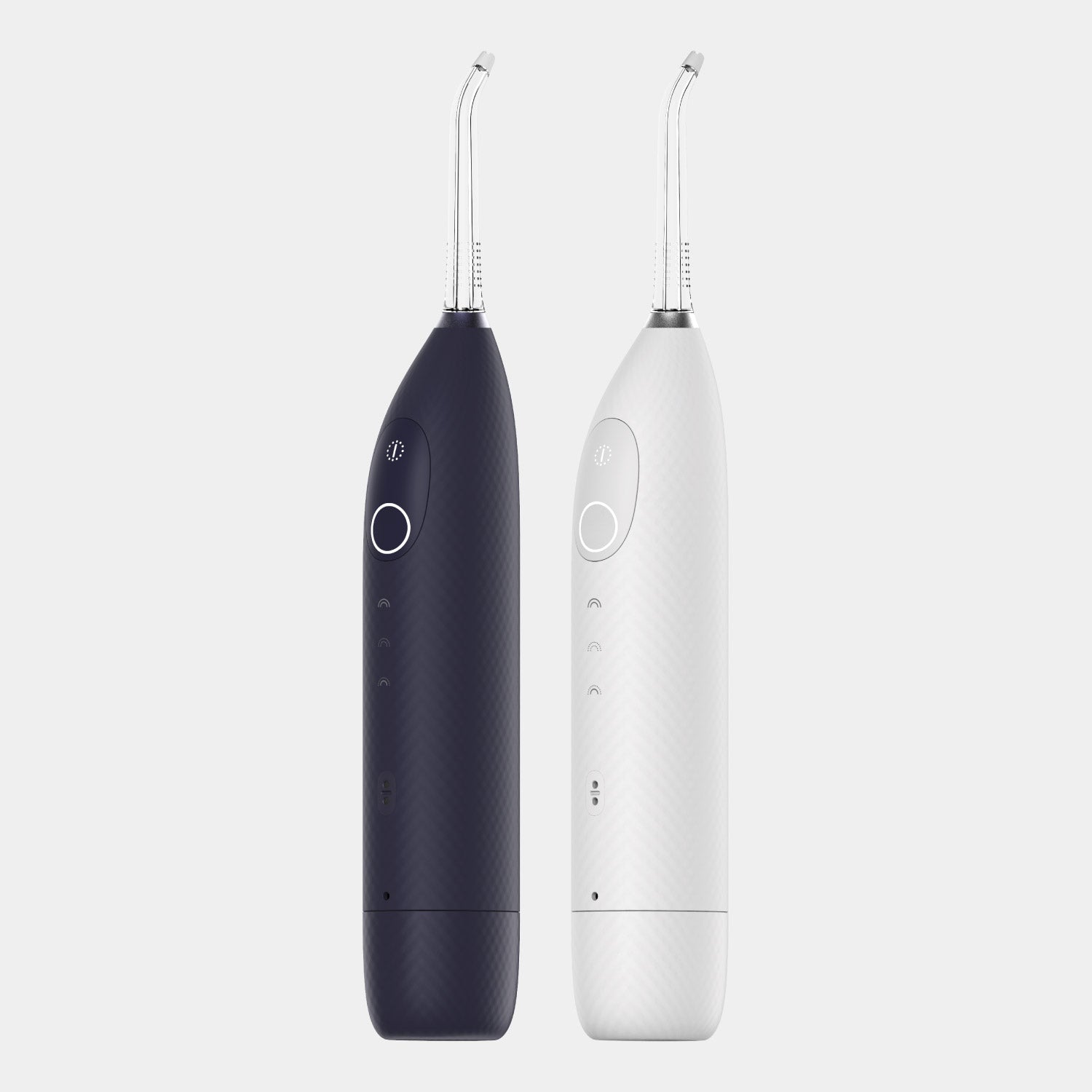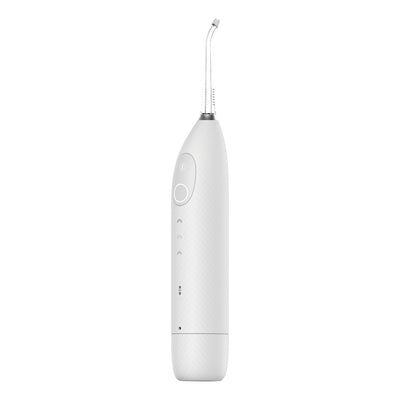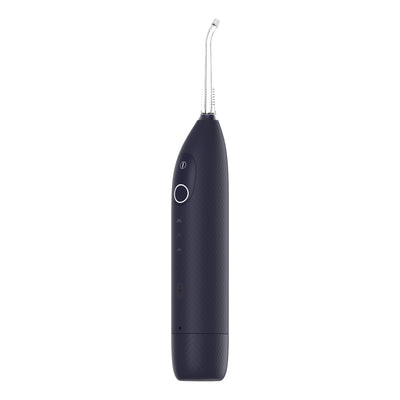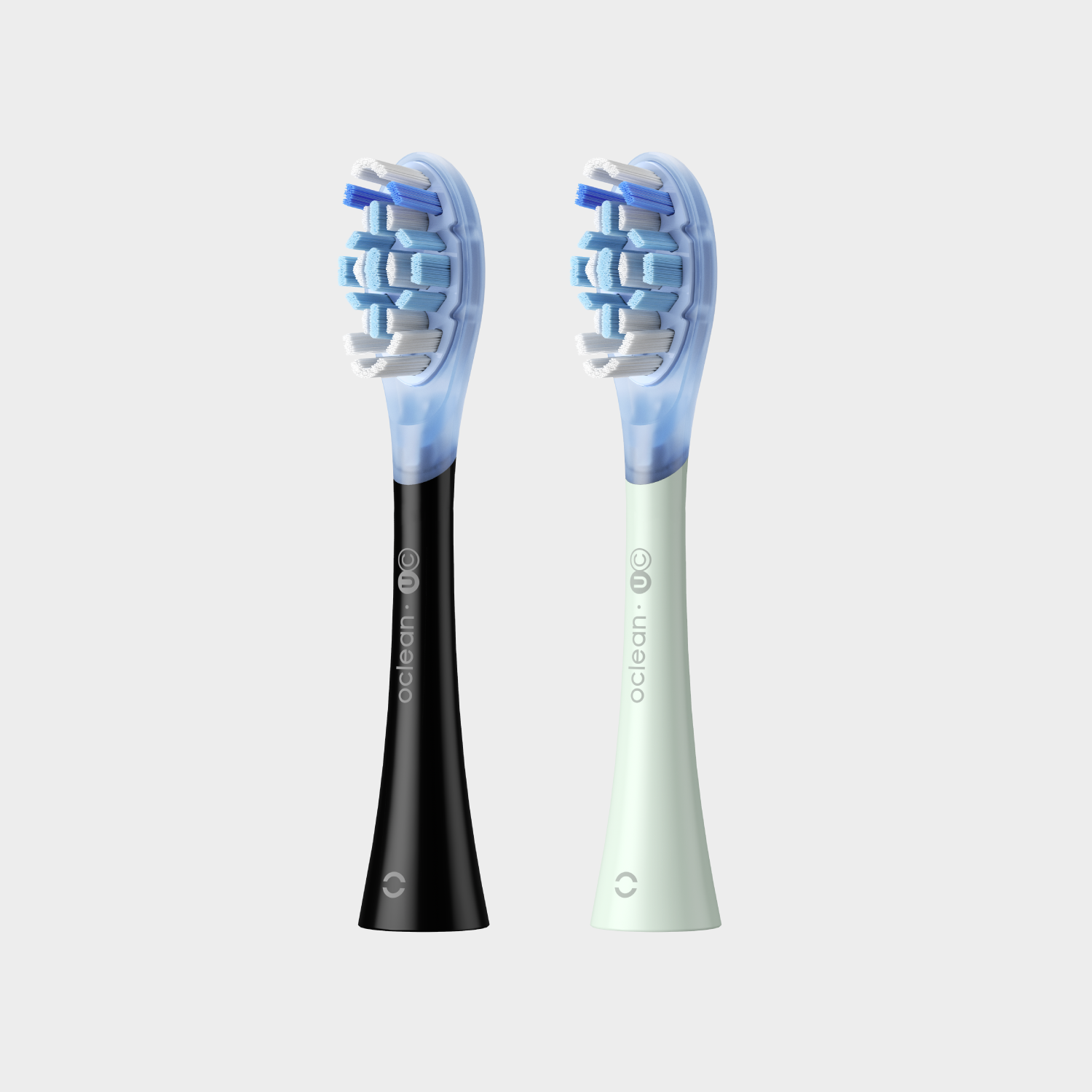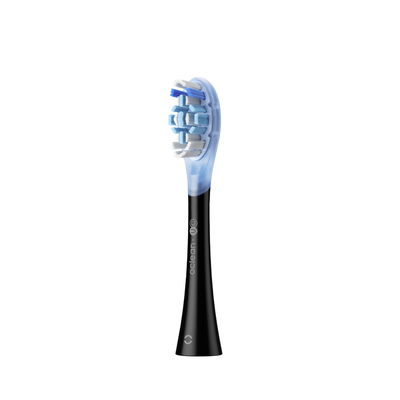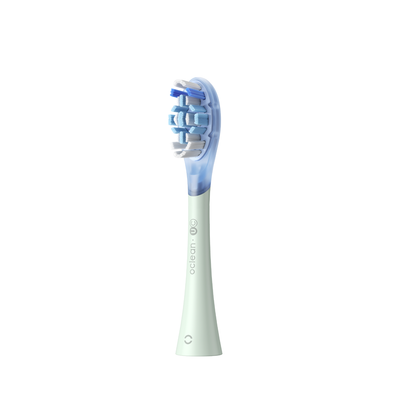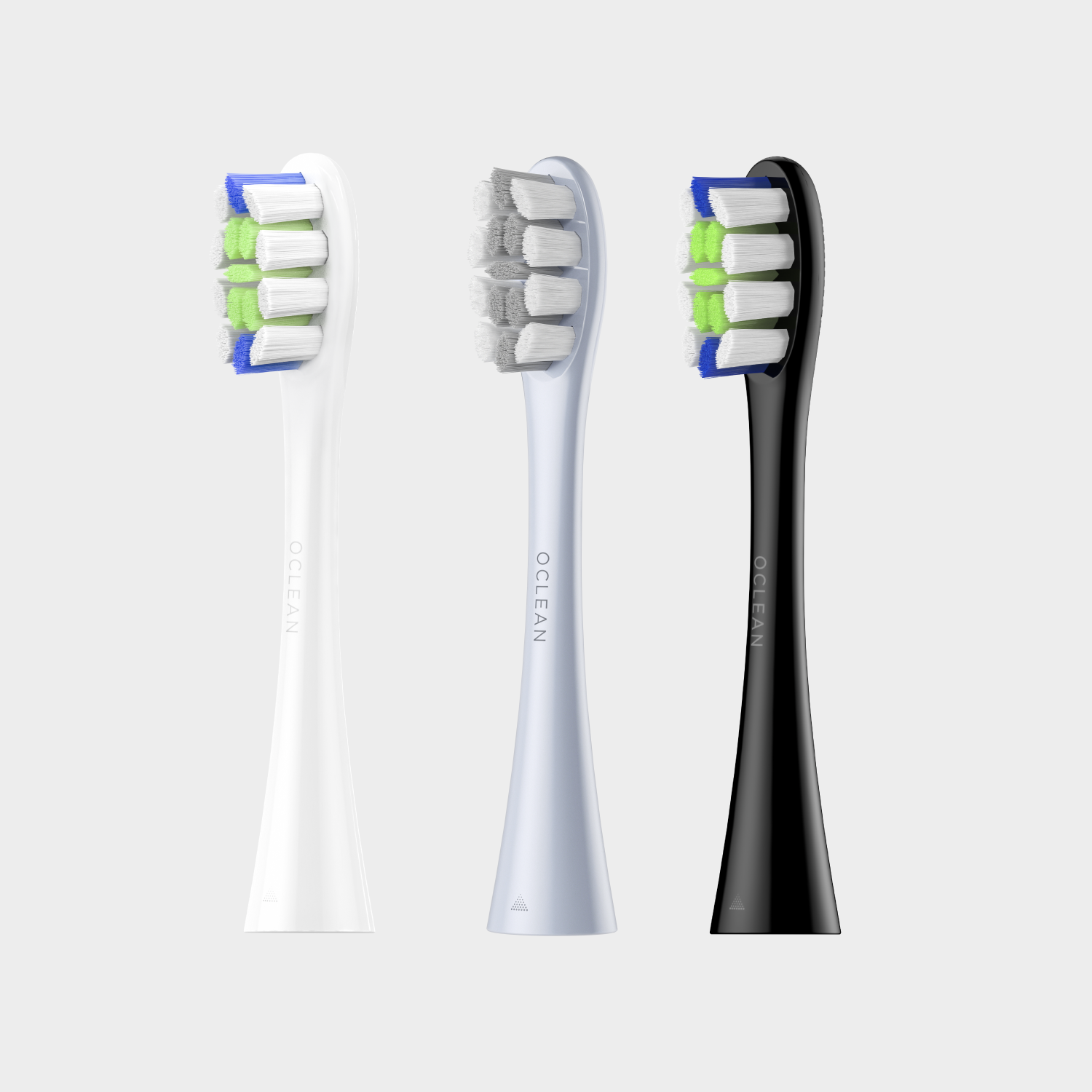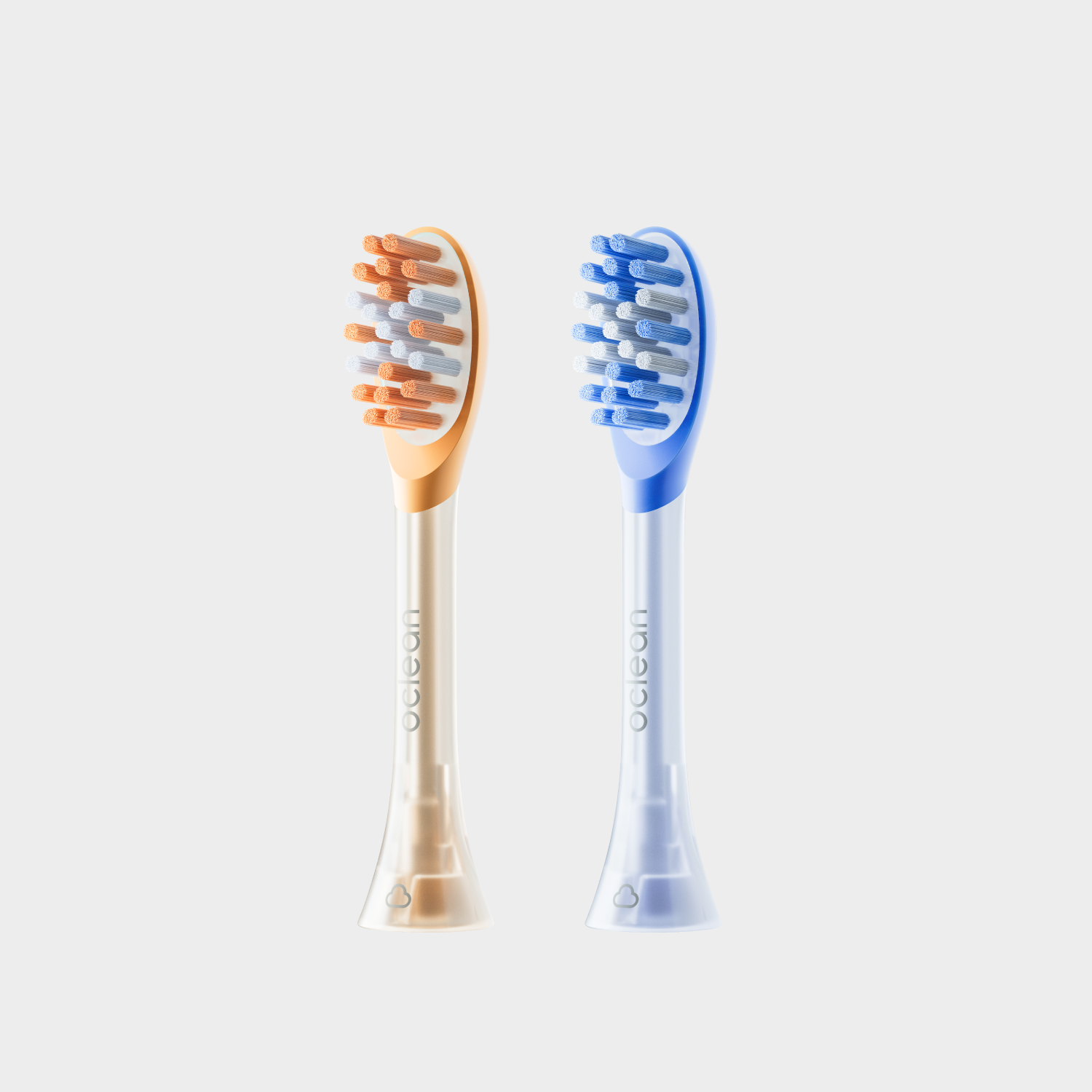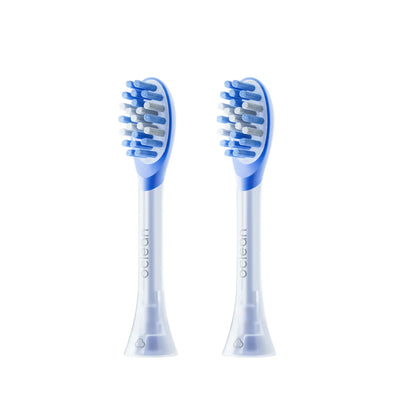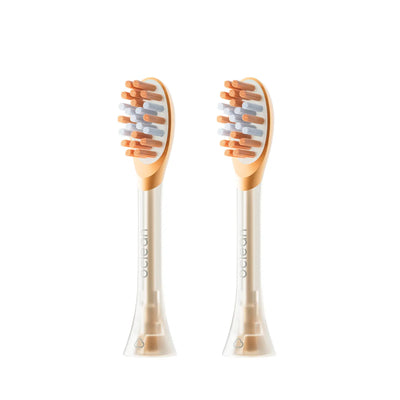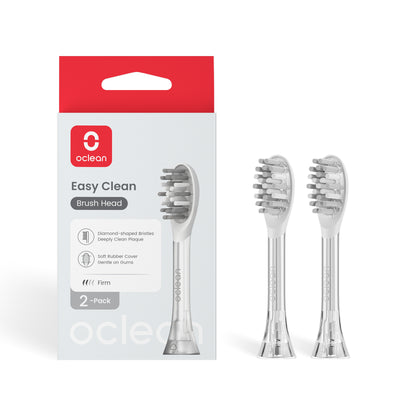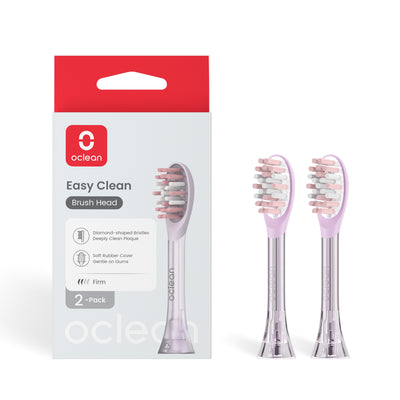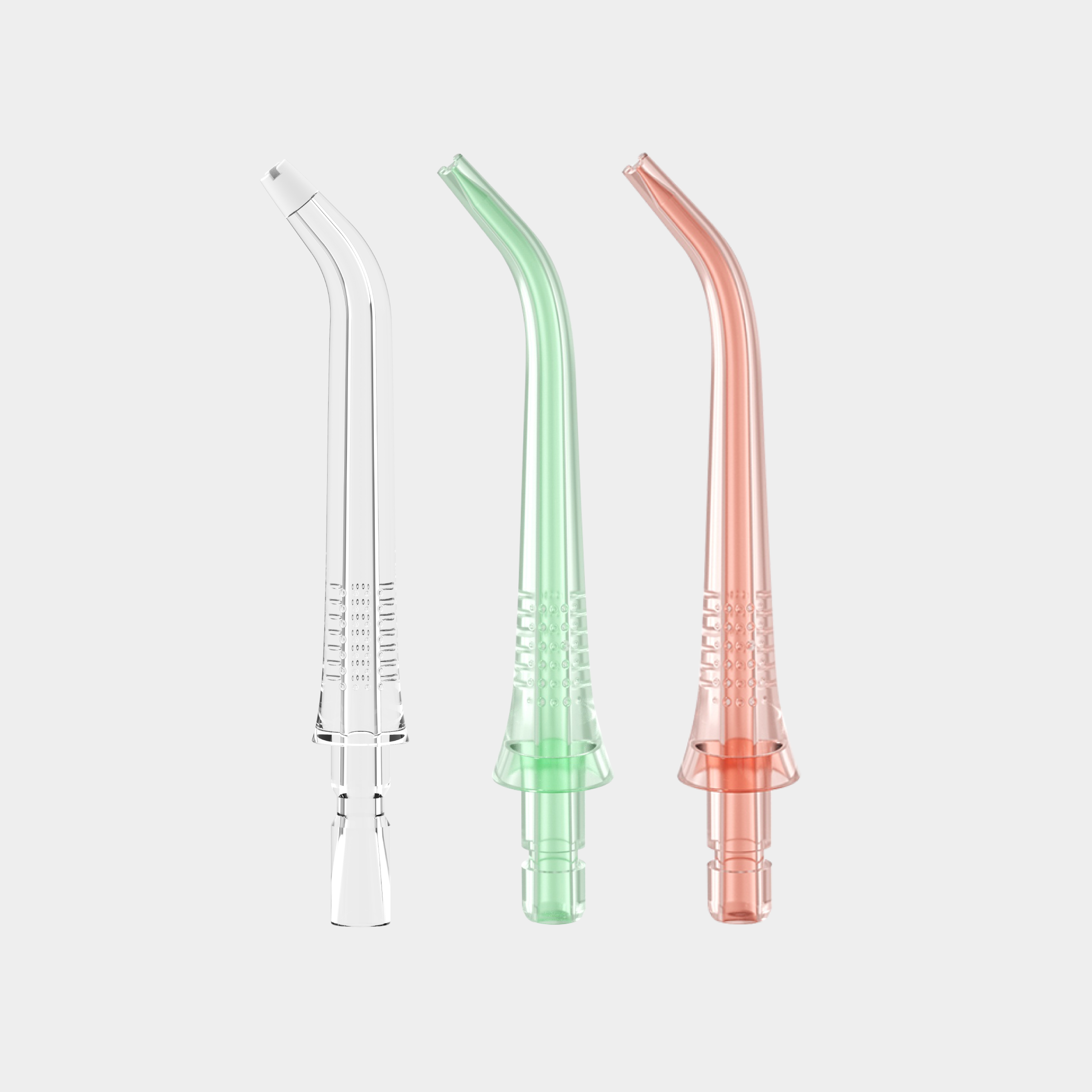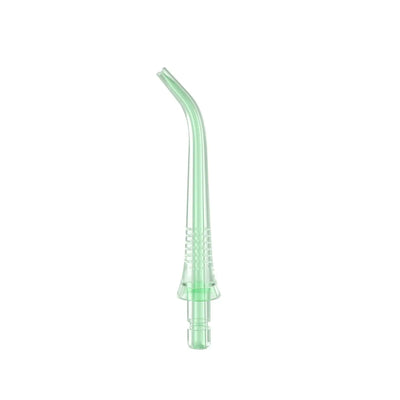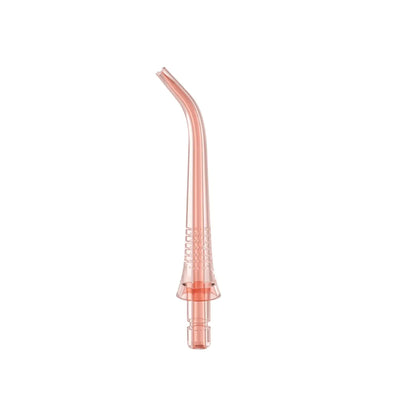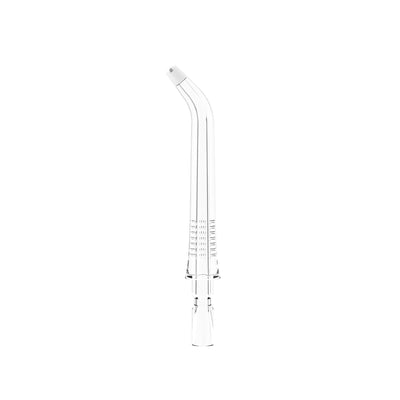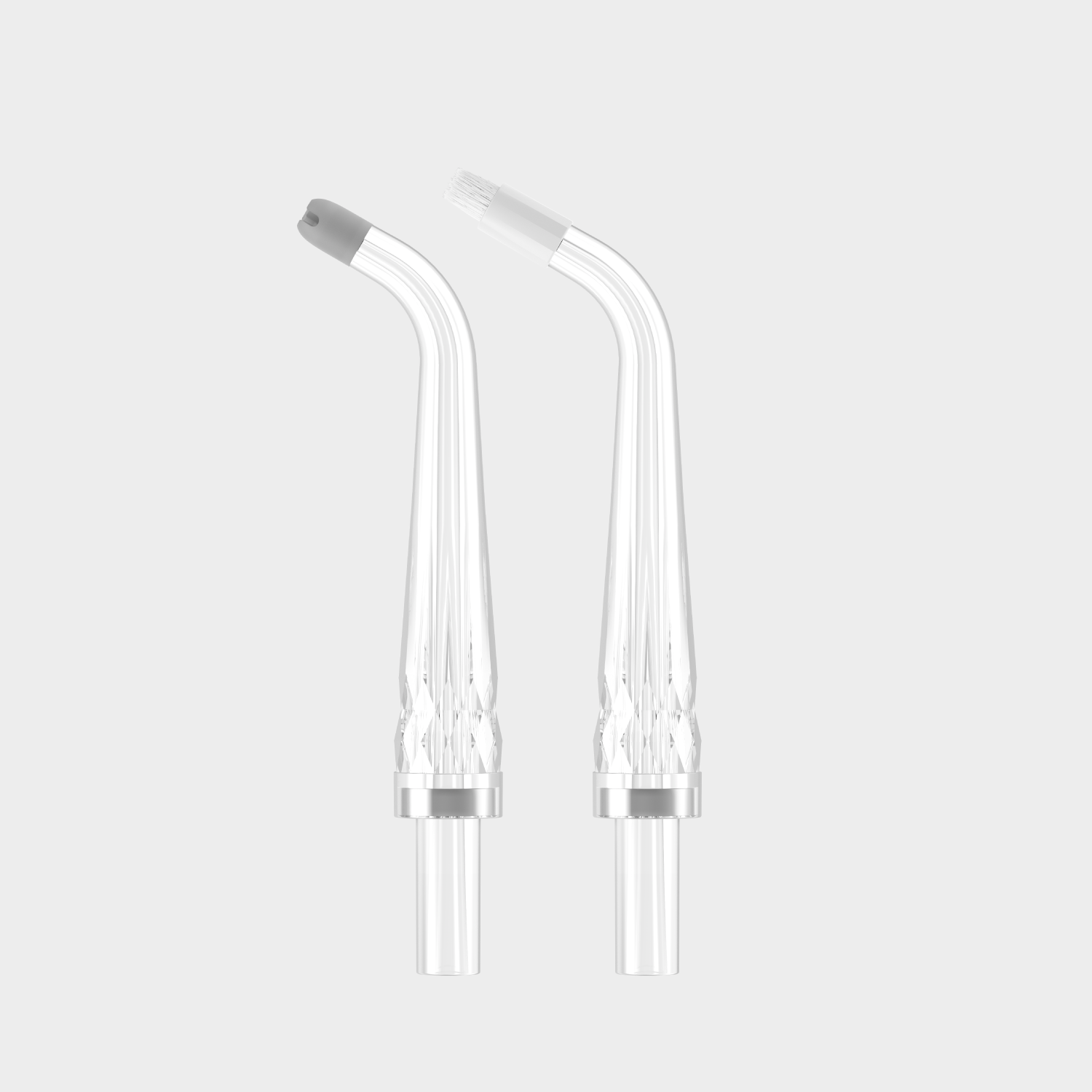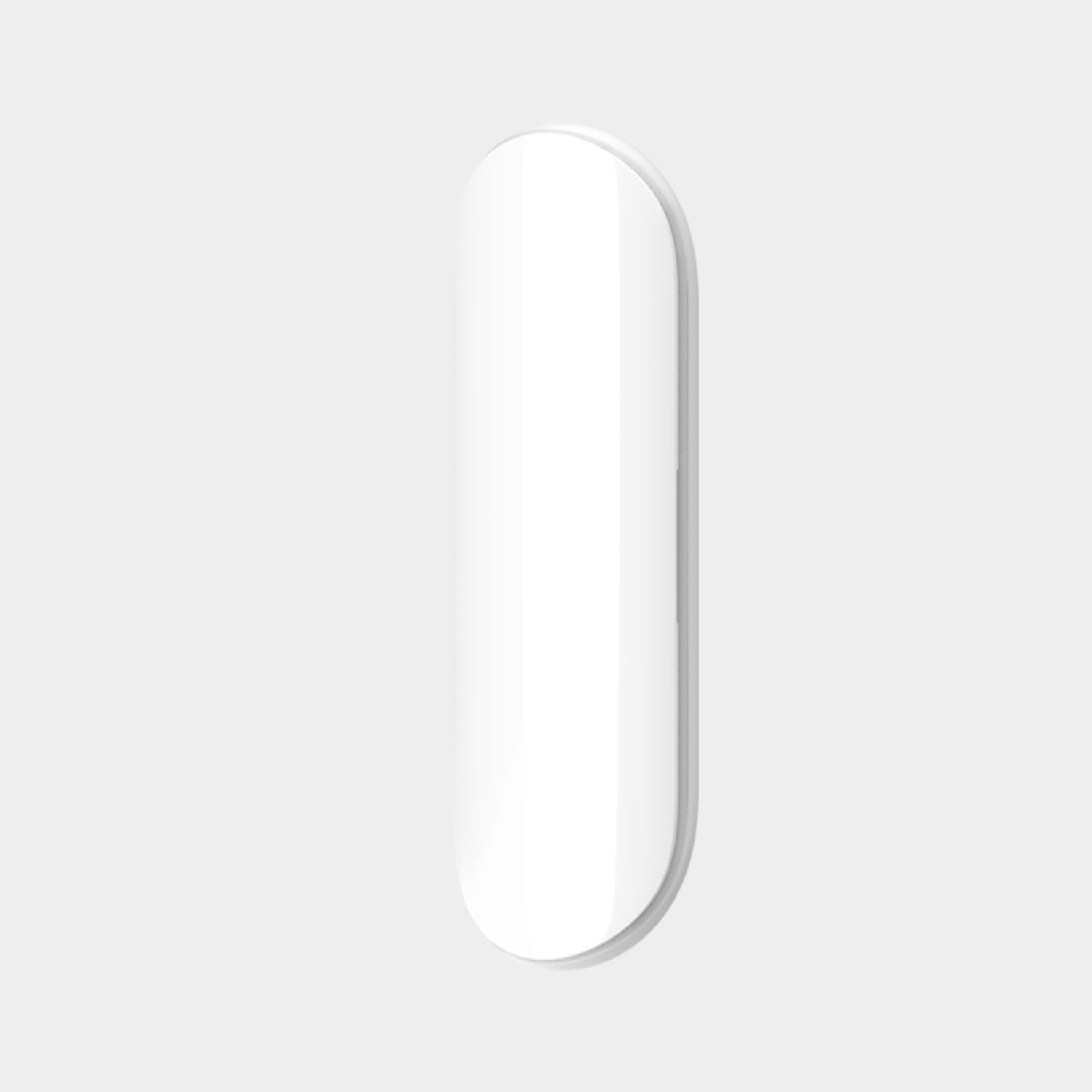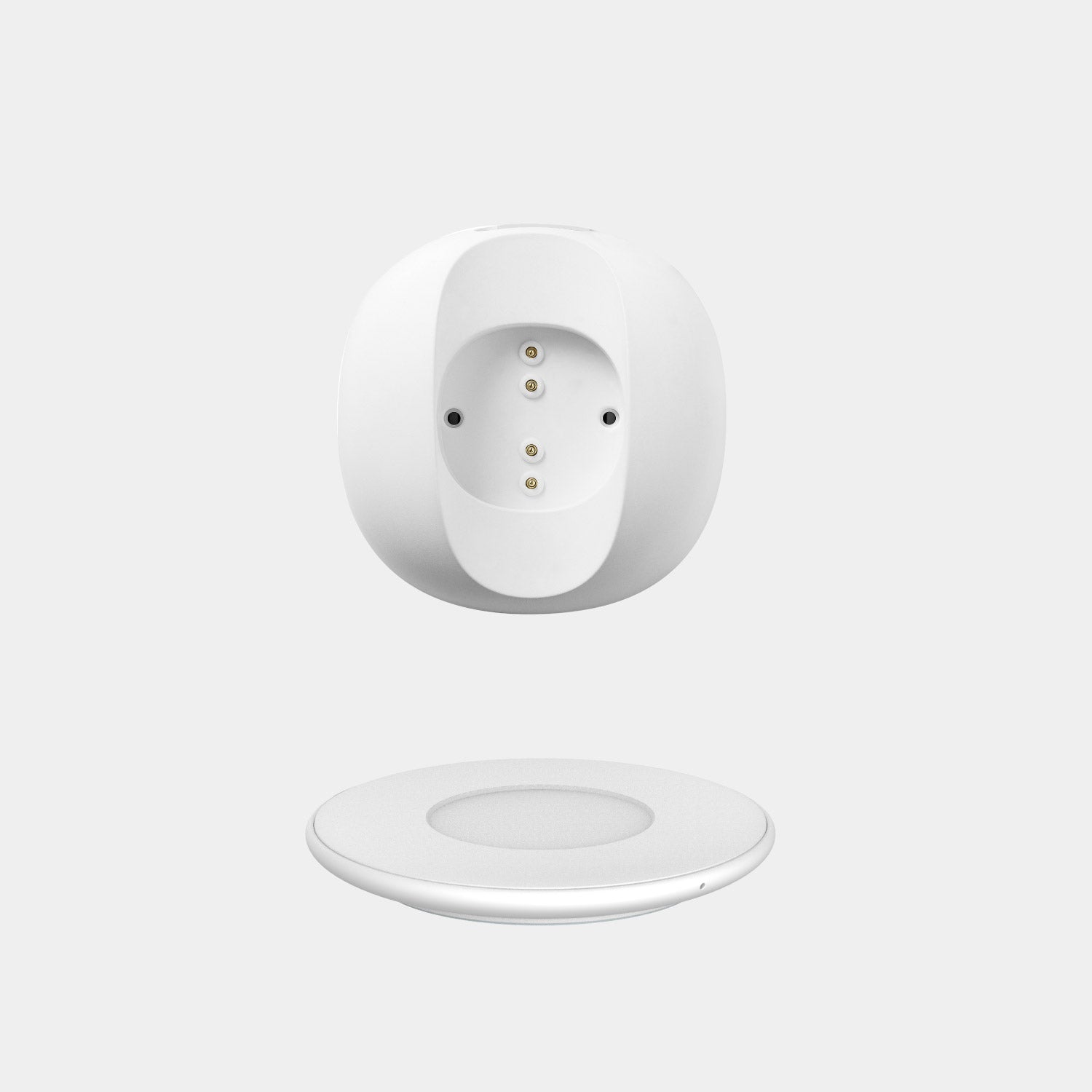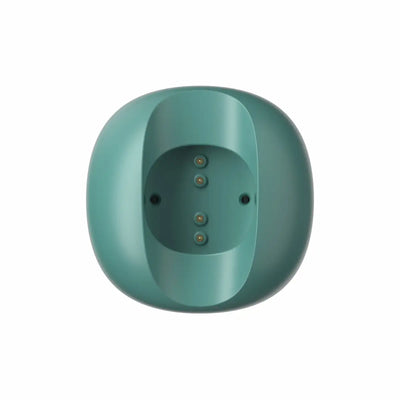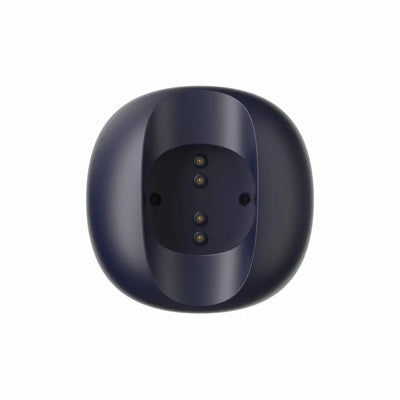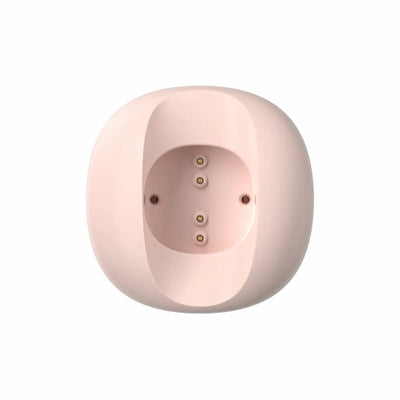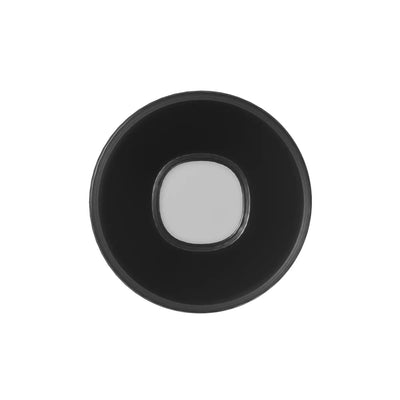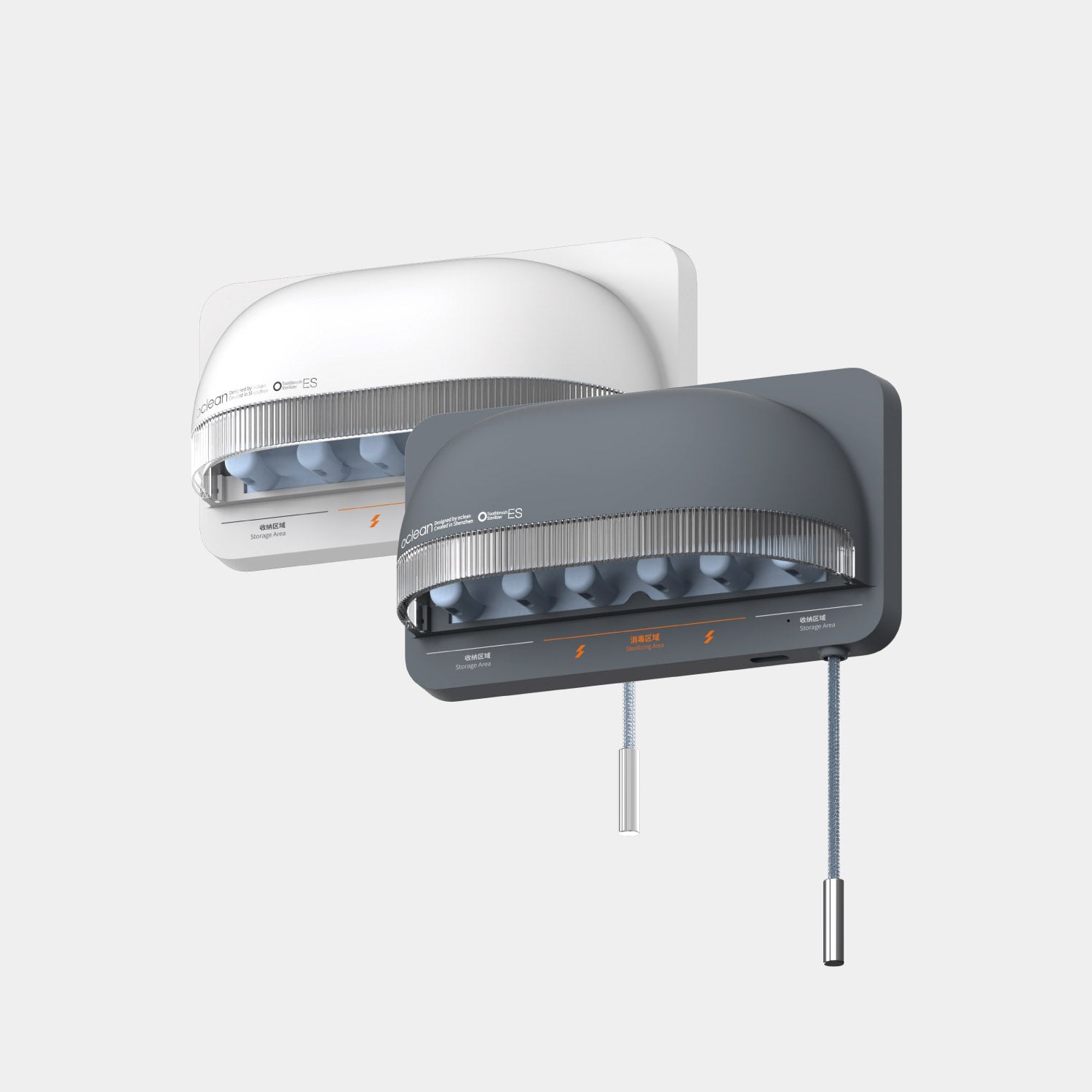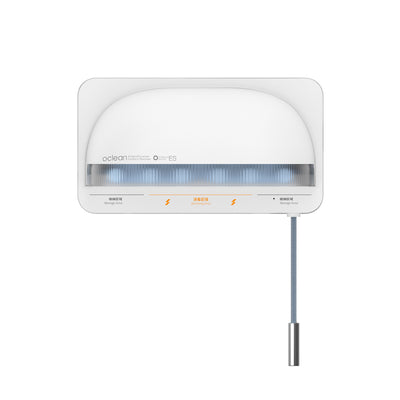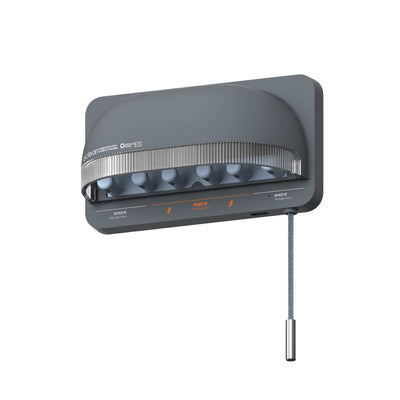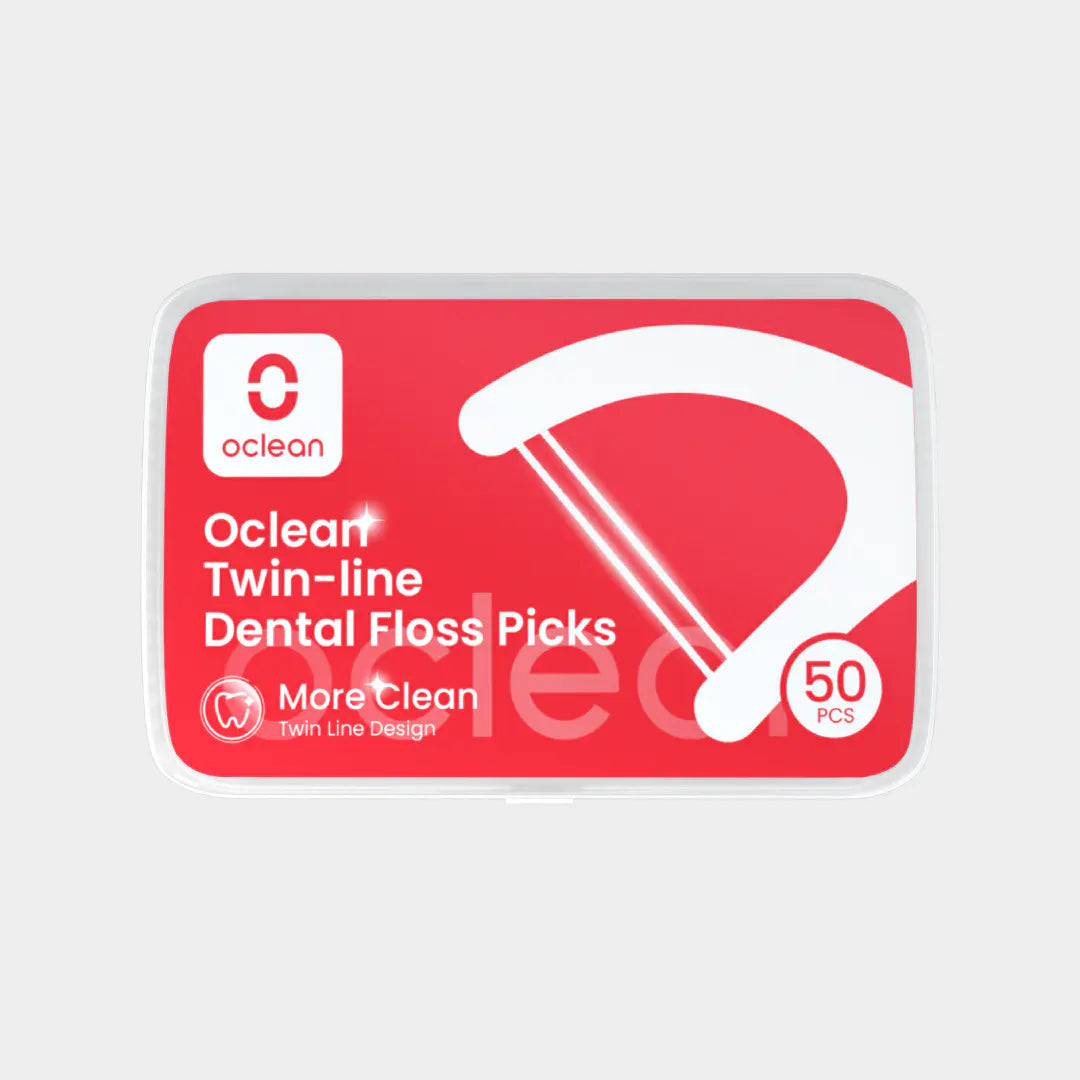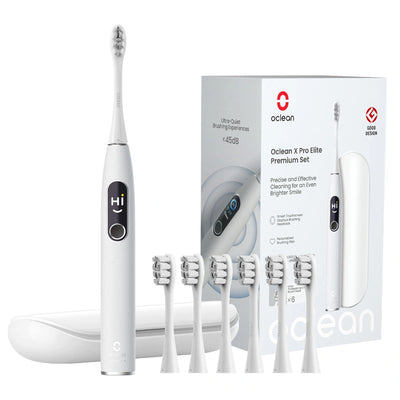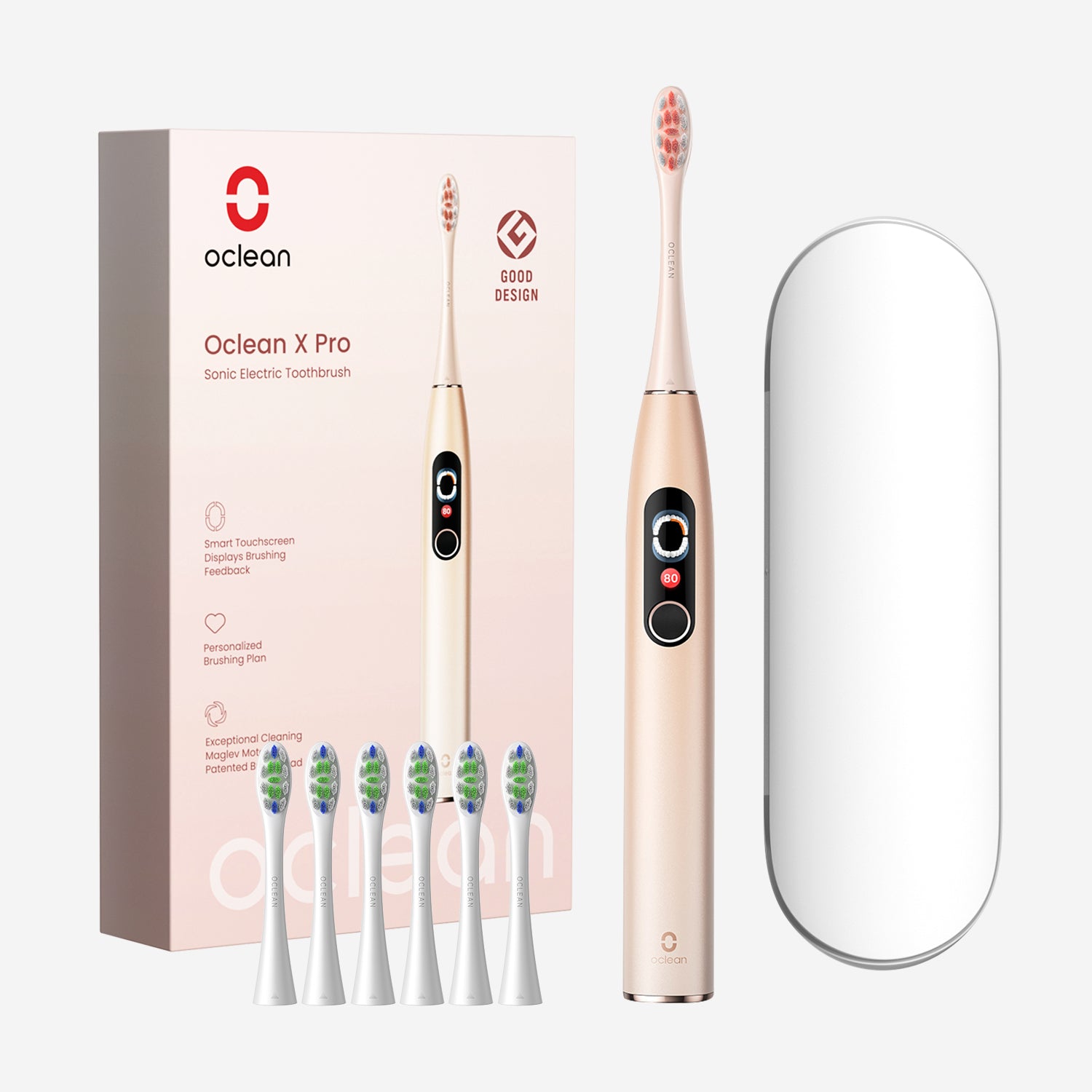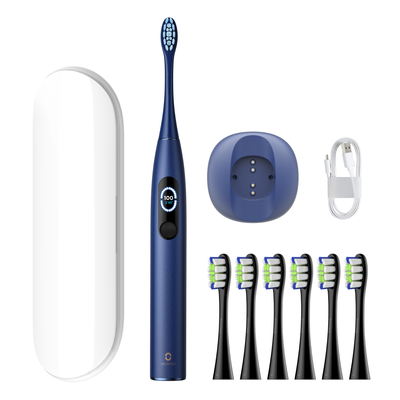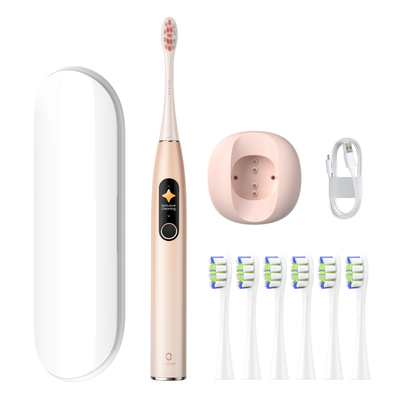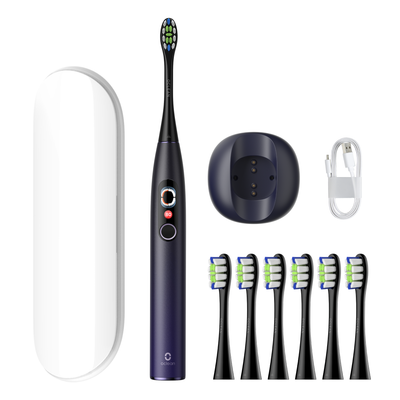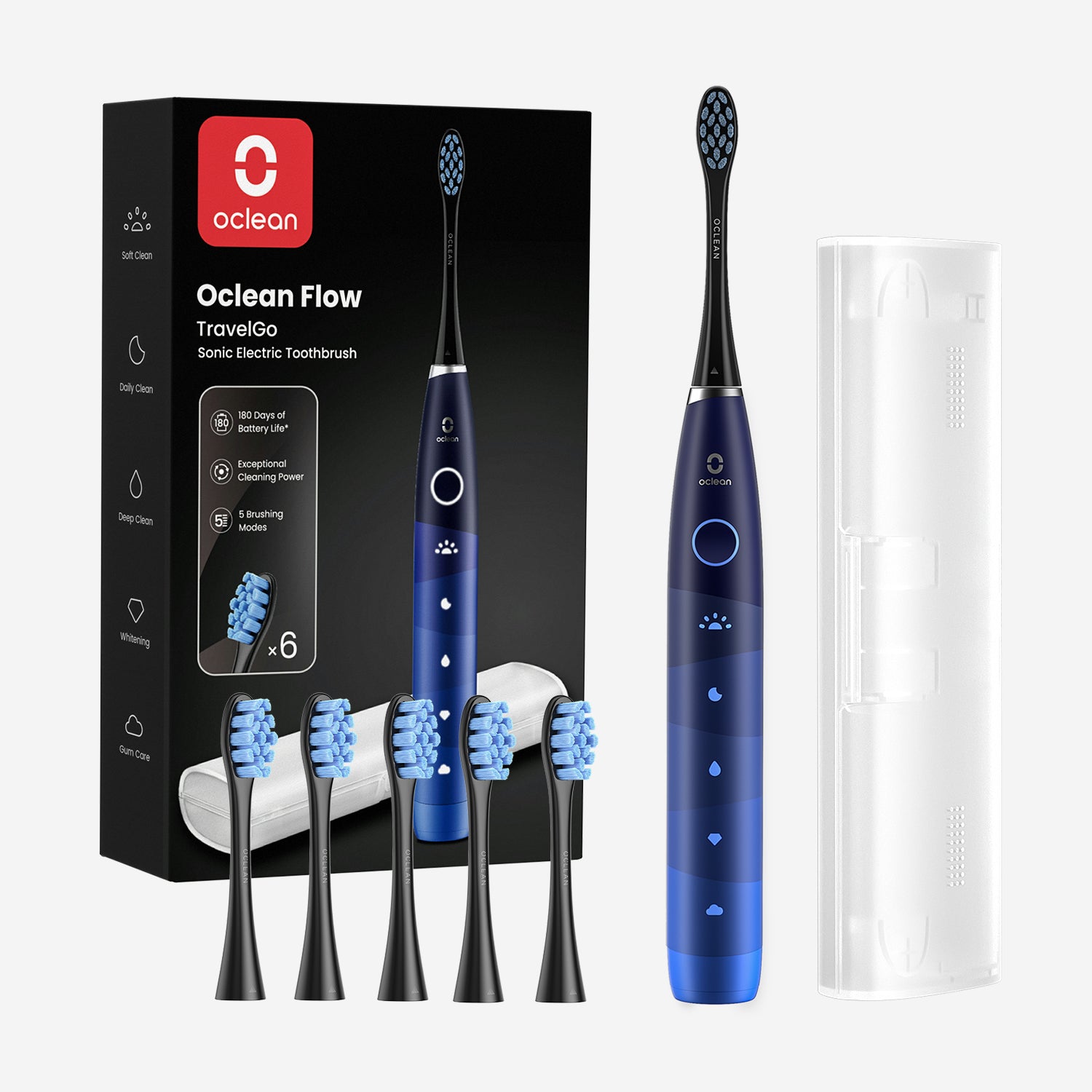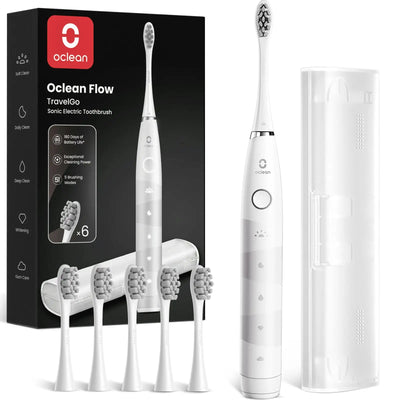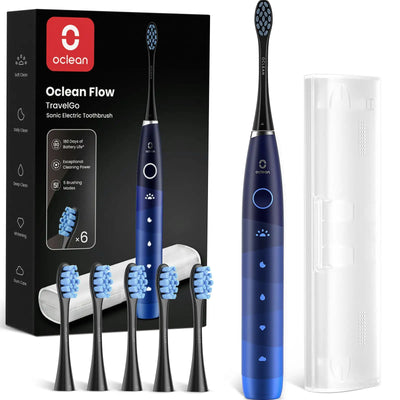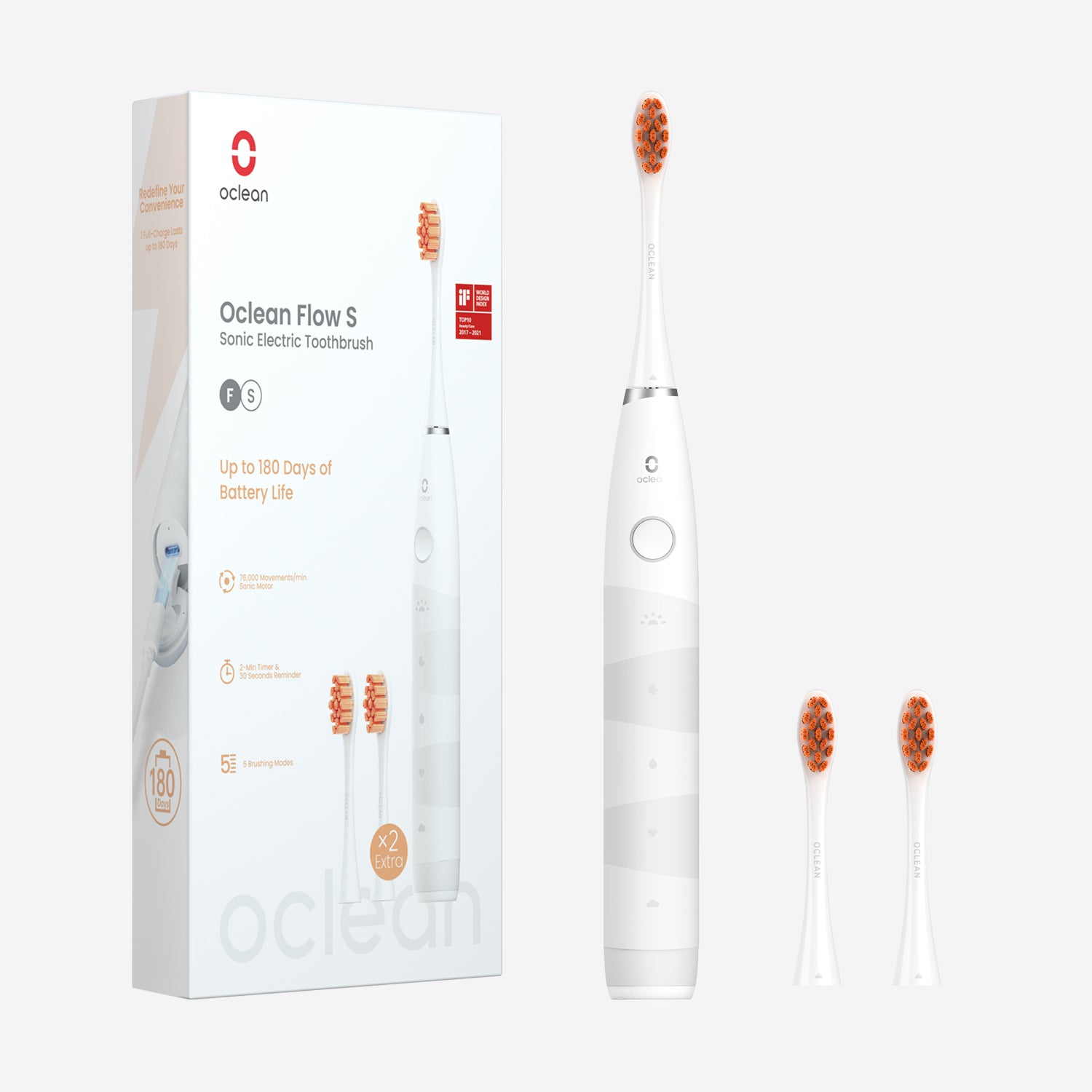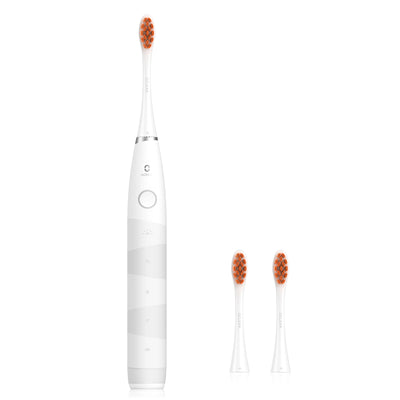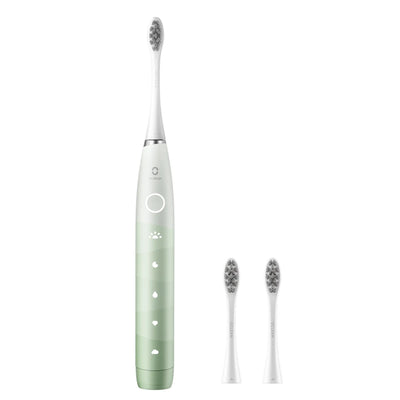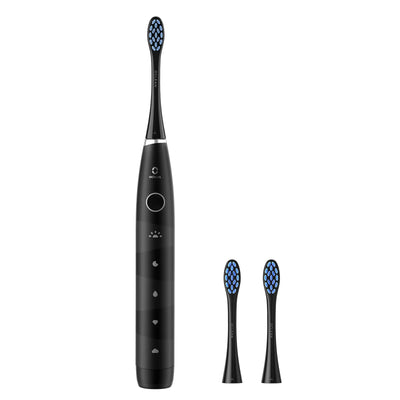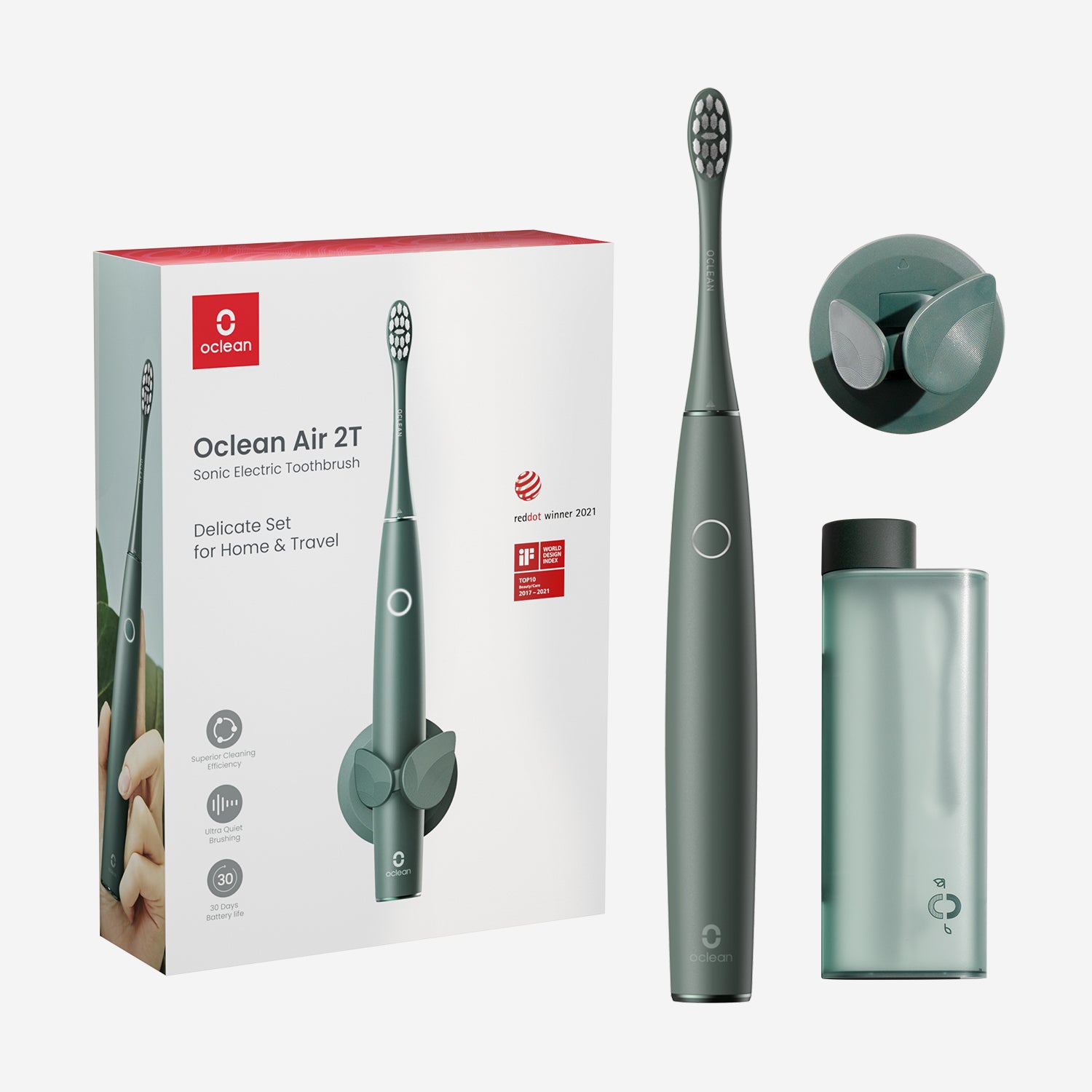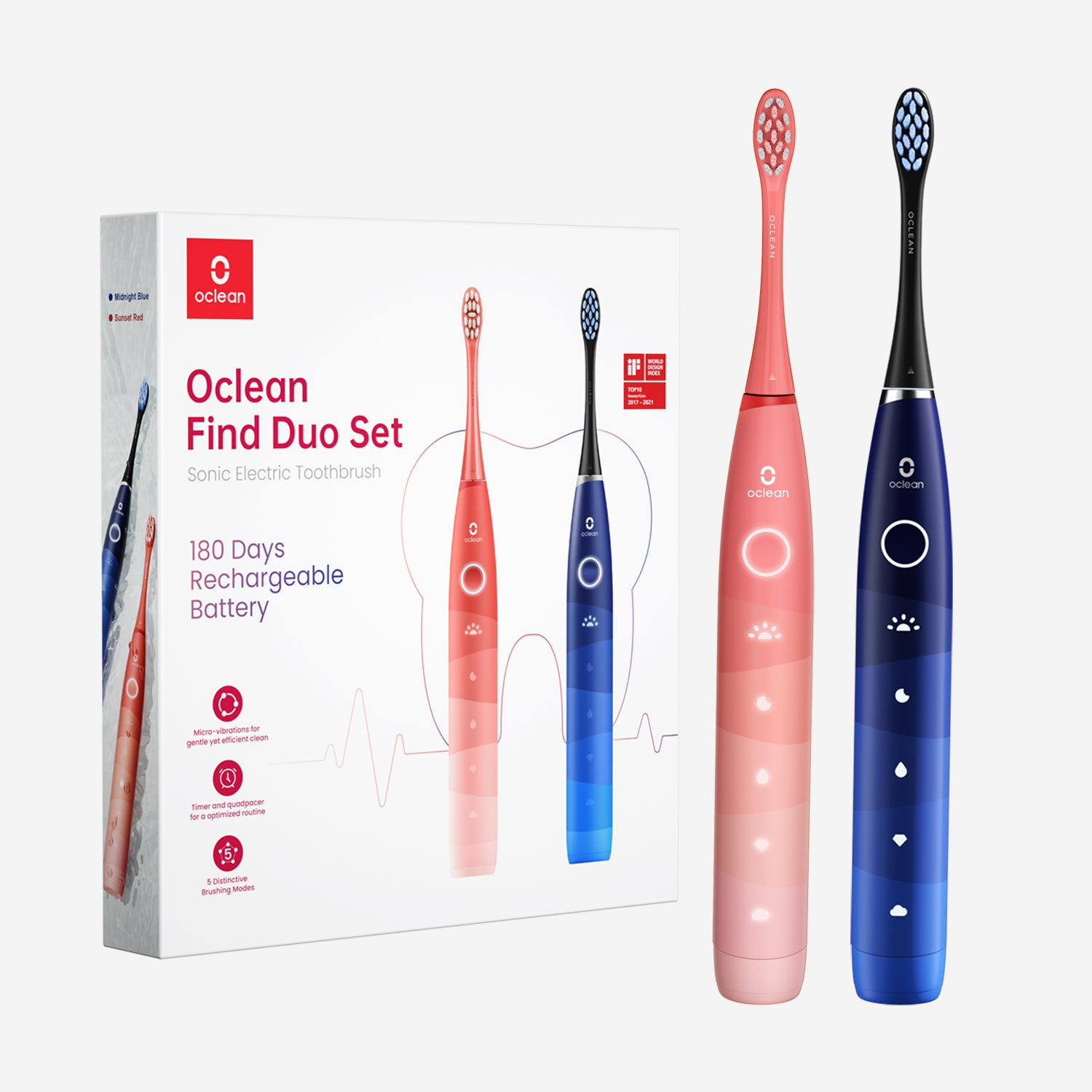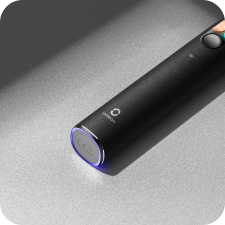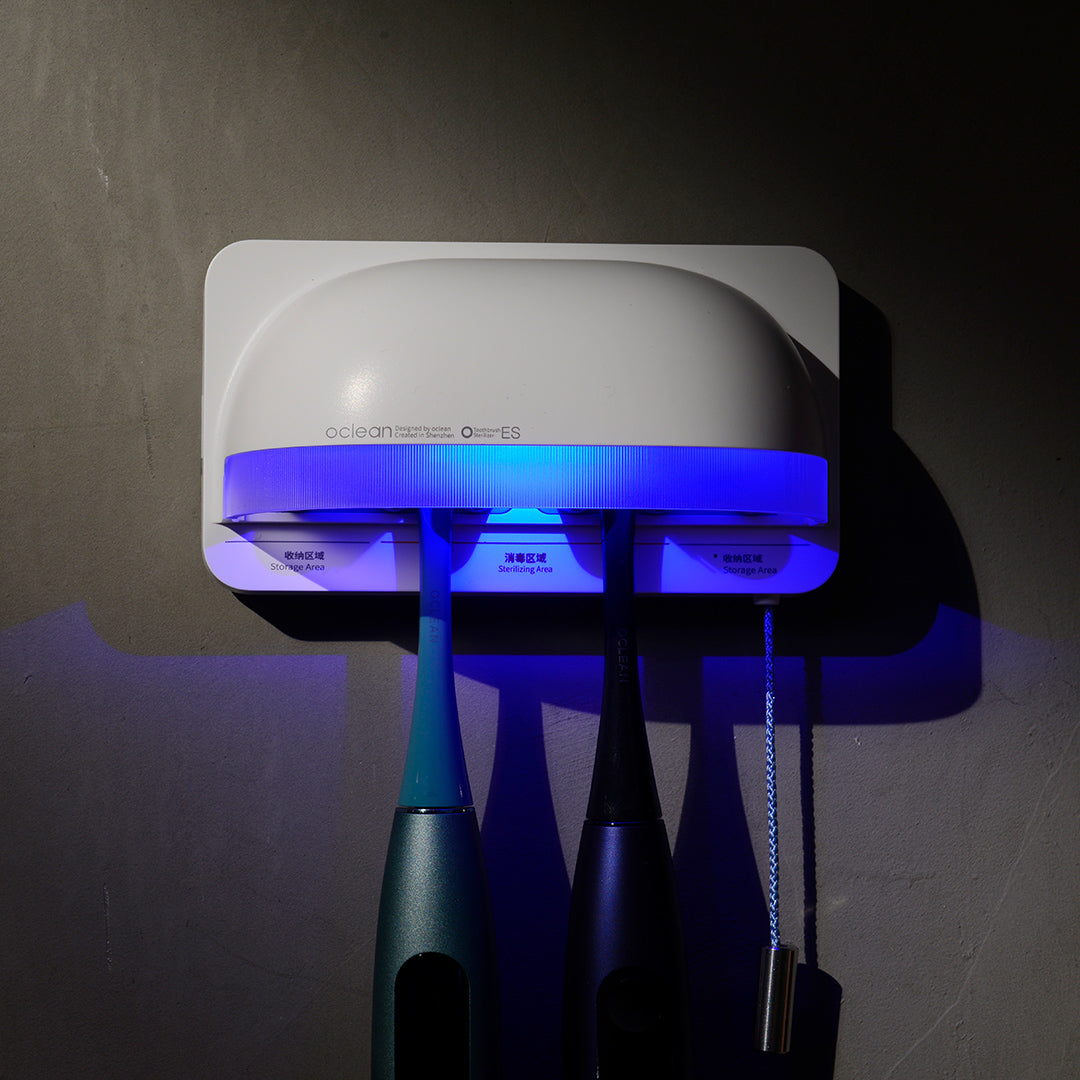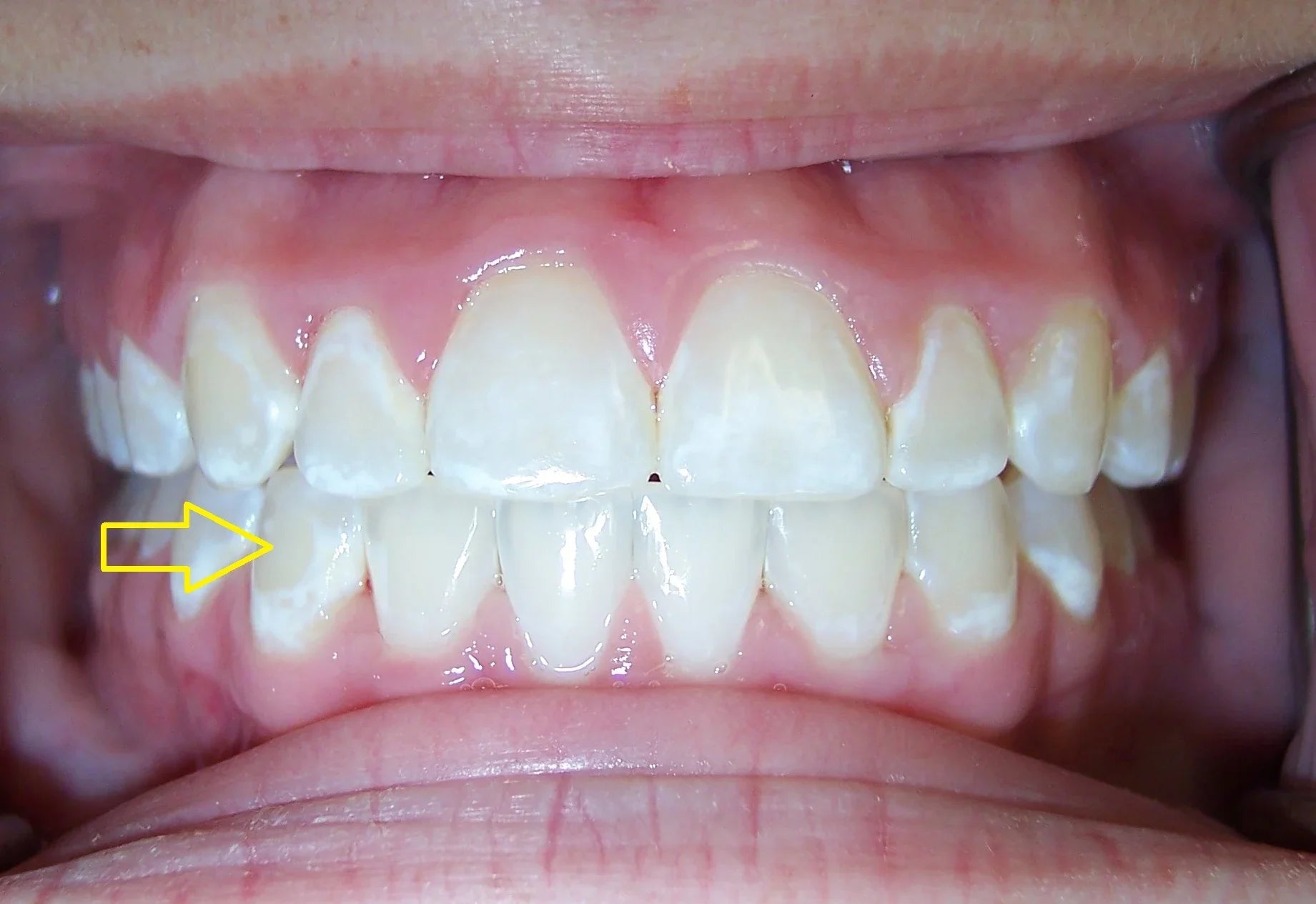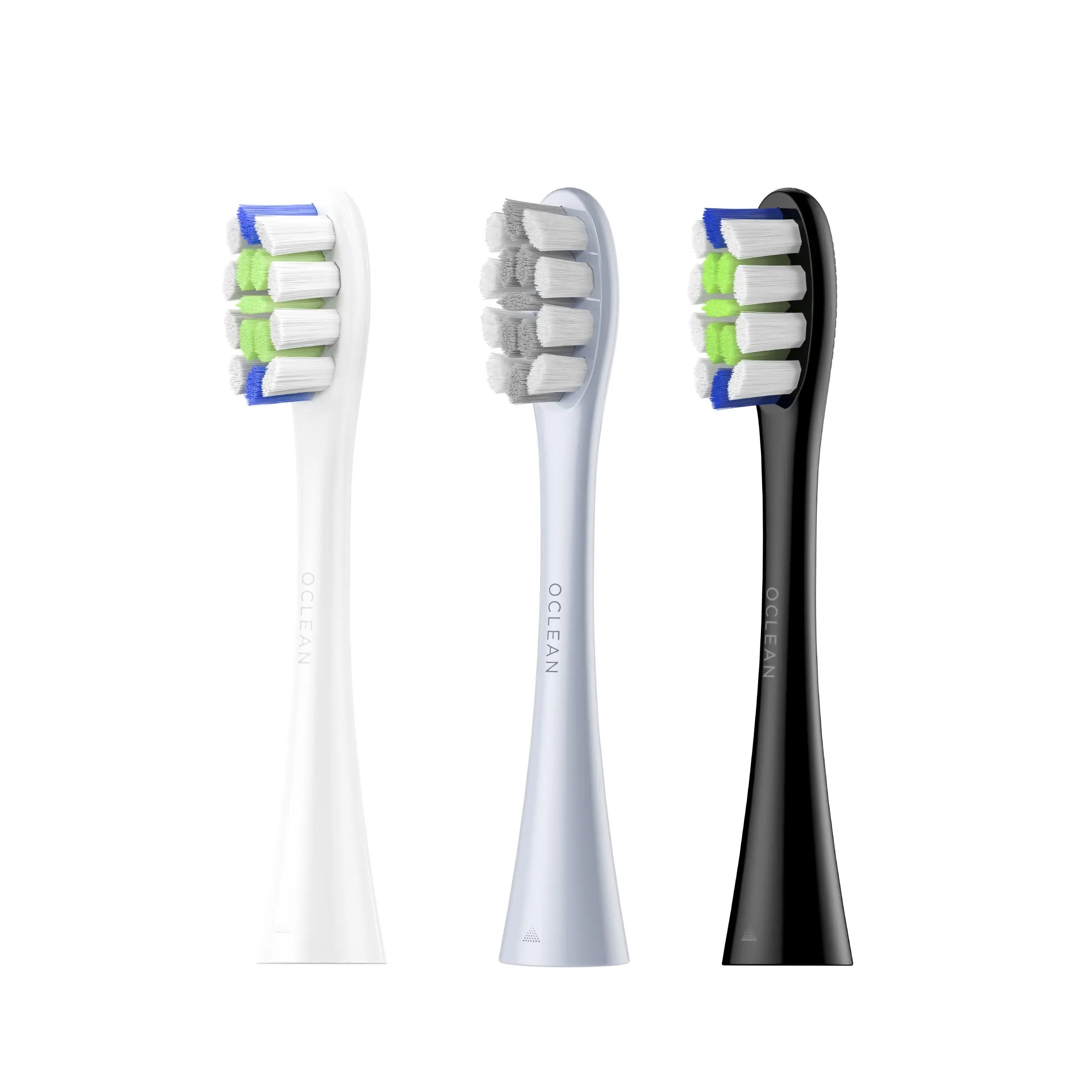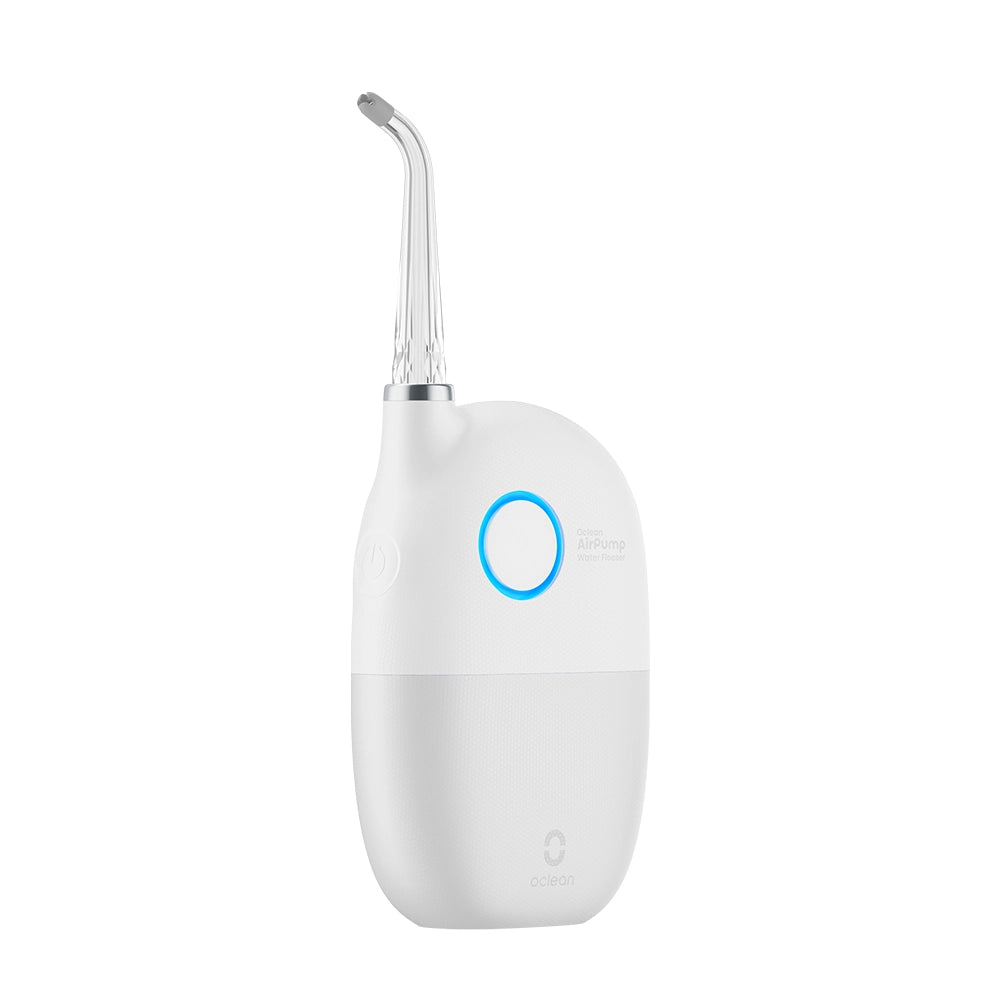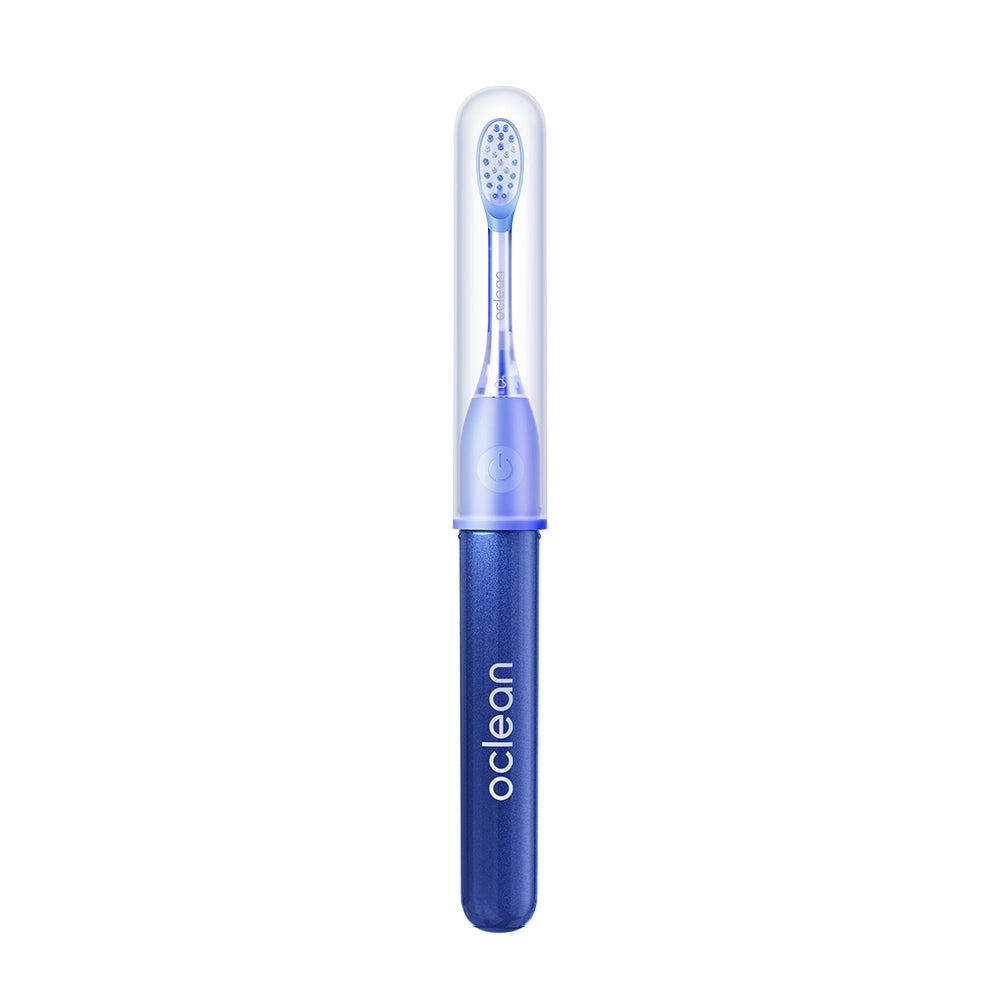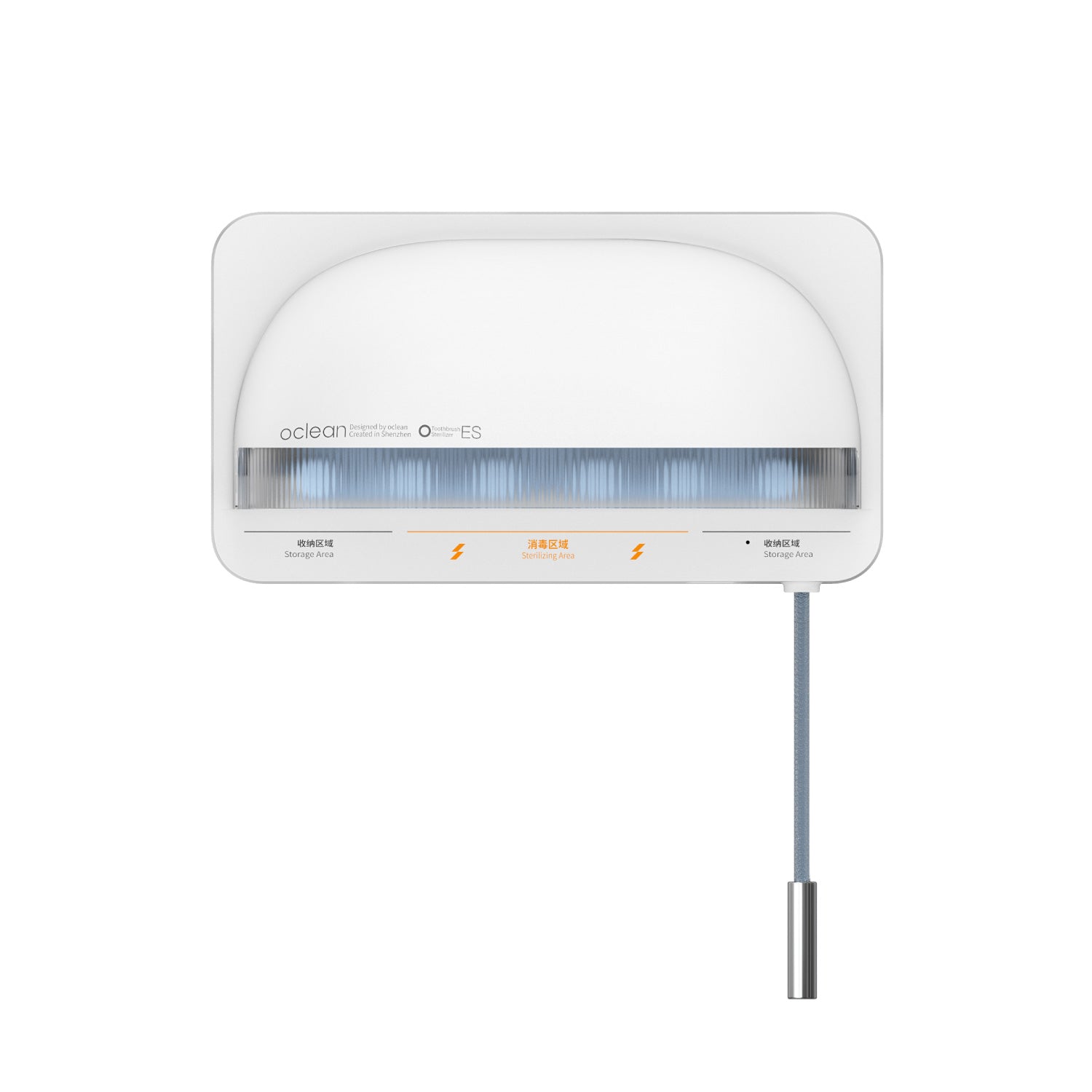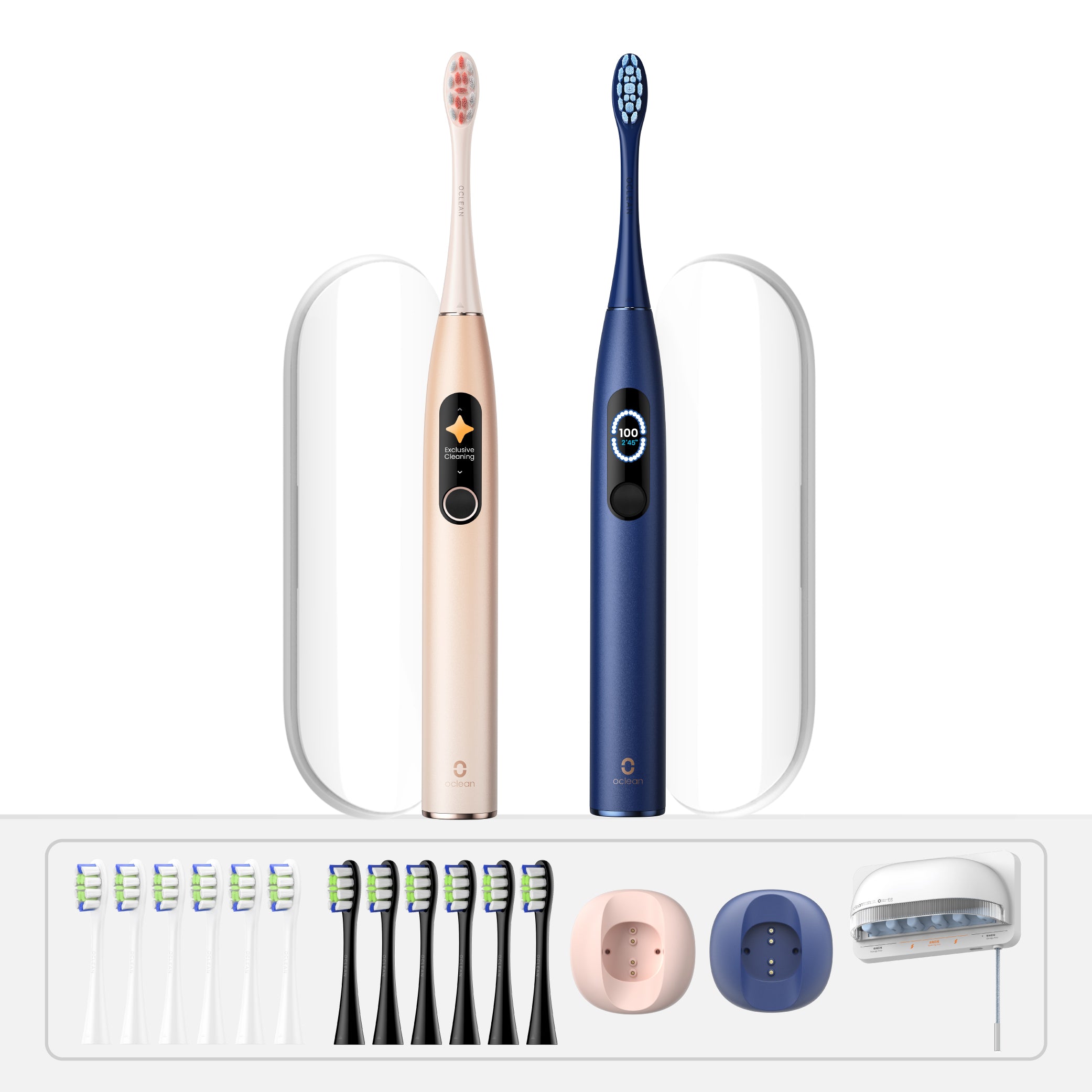Įtrūkusi priekinė danties dalis gali atrodyti kaip jūsų šypsenos pabaiga. Kiekvienas sakinys, kiekvienas juokas, kiekviena nuotrauka dabar atrodo kaip atskleidimas. Jei kada nors klausėte savęs: „Ką turėčiau pasirinkti, kad uždengčiau sulaužytą priekinį dantį?“, šis vadovas parodo greitus sprendimus, veiksmingas išeitis ir ilgalaikes priemones, kuriomis galite pasikliauti.

Kodėl neturėtumėte ignoruoti įskilusio priekinio danties
Įtrūkusi danties dalis gali būti nedidelė problema, tačiau ji greitai gali tapti didesne. Priekiniai dantys naudojami kramtymui, kalbėjimui ir šypsenai. Kai tik emalis įtrūksta, dantis yra labiau linkęs į jautrumą, ėduonį ir infekciją, jei bakterijos prasiskverbia į vidinius sluoksnius.
Be sveikatos pasekmių, psichologinis poveikis yra lygiai toks pat realus. Asmenys, turintys sulaužytą priekinį dantį, greičiausiai skųsis, kad nesimėgsta šypsotis viešose vietose, turi dengti burną kalbėdami ar net patiria socialinį atsiskyrimą. Tai, kas kitaip galėtų atrodyti kaip menka dantų problema, dabar kasdien tampa nesaugumo šaltiniu.
Laikinas sprendimas tinka, bet tai nėra tikras taisymas. Kuo greičiau kreipsitės į specialistą, tuo mažiau patirsite tolesnių pažeidimų. Supratimas apie tiesiogines ir ilgalaikes pasekmes aiškiai parodo, kodėl nulūžęs priekinis dantis turi būti nedelsiant ir tinkamai gydomas.
Temporary Rapid Fixes That You Can Try at Home
Jei per nelaimingą atsitikimą įskilo priekinis dantis, pagrindinis rūpestis yra komfortas ir išvaizda. Laukdami galimybės kreiptis į odontologą, yra laikinos priemonės, kurios gali būti tikras išsigelbėjimas.
Dentalinis vaškas yra viena paprasčiausių priemonių. Jį galite rasti daugelyje vaistinių. Jį galite prispausti prie danties aštraus krašto, kad išvengtumėte įpjovimų dantenose ir liežuvyje. Lygus paviršius padeda atkurti natūralesnį burnos pojūtį.
If you do not have wax, sugar-free gum is an alternative. Chew a small piece until it becomes soft and place it over the chipped surface. It creates a protective covering and temporarily covers up the damaged surface. It is not a good permanent solution, but it is an excellent emergency fix.
Lithuanian Dėl jautrumo ar švelnumo, text gvazdikėlių aliejus yra dar viena namų priemonė. Naudojama saikingai su medvilniniu tamponėliu, ji numalšina skausmą ir šiek tiek veikia antibakteriškai. Šios priemonės yra greitos, nebrangios ir paprastos naudoti, tačiau atminkite, kad jos yra laikinos pagalbos priemonės, o ne dantų priežiūros pakaitalai.
„Pasidaryk pats“ rinkiniai ir laikinos užpildų medžiagos
Grandinės vaistinės ir internetinės parduotuvės paprastai siūlo laikinas dantų taisymo rinkinius. Jie skirti skubiems remontams ir dažniausiai juose yra dantų putplastis, vaškas ir kartais mažos aplikatoriaus priemonės. Putplastis užpildo pažeistą vietą ir sukietėja, sudarydamas apsauginį sluoksnį. Jis neatsigaus kaip natūralus plombas, tačiau sustabdys tolesnę žalą ir pagerins išvaizdą.
Yra rinkinių, kuriuose yra dantų spalvos derva, dar labiau primenanti natūralaus emalio spalvą. Įgudus naudojimas gali uždengti įskilimus dienoms ar savaitėms. Instrukcijos lengvai suprantamos, tačiau reikės tvirtų rankų ir kantrybės.
Nors jie yra labai patogūs, atminkite, kad jie nėra mediciniškai atsparūs. Jie gali išblukti valgant arba net visiškai iškristi, jei ant jų bus daromas spaudimas. Apsvarstykite „pasidaryk pats“ rinkinius kaip pirmosios pagalbos priemonę jūsų šypsenai, naudingą laiko laukiant vizito pas odontologą, bet ne kaip profesionalios pagalbos pakaitalą.
Cosmetikos patarimai, kaip paslėpti nulūžusį dantį
Lithuanian Viešumoje išvaizda yra tokia pat svarbi kaip ir komfortas. Žmonės dažnai pasitelkia subtilias kosmetines gudrybes, kad paslėptų sulaužytą dantį, ypač išeidami į lauką ar fotografuojantis. Dantų spalvos makiažo priemonės gali būti naudojamos sulaužytam kraštui užmaskuoti. Be to, nedidelis kiekis korektoriaus arba pudros, atitinkančios jūsų odos toną, užteptas medvilniniu tamponėliu, gali sumažinti matomą kontrastą. Taip pat, užtepus skaidraus lūpų blizgesio sluoksnį ant viršaus, susidaro blizgi paviršiaus danga, kuri nukreipia dėmesį.
Another trick is whitening teeth around the stained ones. When your teeth are generally whiter, chips don't appear quite as noticeable. These treatments don't mend structure or prevent damage, but they do make you feel more confident for a few hours. Just don't get your hopes up. Whitening and makeup are temporary band-aids, and only use them when you absolutely have to feel more comfortable in public.
At-Home Bonding Rinkiniai: Ar Jie Veikia?
Namų klijavimo rinkiniai egzistuoja kaip „pasidaryk pats“ kosmetinės dantų priežiūros galimybės. Rinkiniai dažniausiai apima dantų spalvos dervą, aplikatorius ir pasirenkamą UV arba LED šviesos kietinimą. Procedūra yra profesionalaus klijavimo namų simuliacija: nuvalyti dantį, užtepti dervą, suformuoti ir sukietinti šviesa.
Used cautiously, bonding kits can repair a chipped tooth to its original form temporarily. Results are extremely unreliable, however.
● Derva negalės tobulai atitikti danties spalvos.
● Be odontologinės įrangos sunku pasiekti lygią apdailą.
● Kita problema yra patvarumas.
● Eating, drinking, or grinding teeth wears down the resin in days.
Taip pat yra sveikatos rizika. Be tinkamo vadovo, medžiagos perteklius arba netinkamas danties užsandarinimas gali sukelti bakterijų kaupimąsi arba dantenų uždegimą. Nors šie rinkiniai suteiks kosmetinį pagerėjimą vestuvėms ar šventiniam vakarėliui, juos geriausia laikyti laikinais. Profesionalus dantų klijavimas išlieka daug pranašesnis tiek kokybės, tiek ilgaamžiškumo atžvilgiu.
Naturalus sprendimas dantų dėmėms
Atskilęs dantis gali būti labiau pastebimas, jei jis tamsesnis už likusius dantis. Natūralūs balinimo agentai sumažins šį skirtumą. Pasta, pagaminta sumaišius citrinos sultis ir kepimo sodą, yra švelnus abrazyvas, kuris galbūt pašviesins emalį, tačiau ją reikia naudoti atsargiai, kad nepažeistumėte danties paviršiaus.
Mėlynių sutrinimas ir užtepimas ant dantų yra dar viena sena priemonė, turinti natūralių rūgščių ir vitamino C. Be to, kokosų aliejaus skalavimas (10–15 minučių aliejaus sukimas burnoje) yra rekomenduojamas gaivumui pagerinti ir švelniam balinimui. Taip pat naudojama aktyvuoto anglies dantų pasta dėmių šalinimui, tačiau ją reikia naudoti atsargiai.
Daugiau detalių ir saugių metodų galite rasti šiame vadove Teptukų balinimas namuose.
Šios procedūros neišgydys įtrūkusio danties, tačiau pagerins bendrą šypseną pašalindamos spalvos pakitimus. Naudojamos saikingai, jos yra nebrangios priemonės, padedančios mažiau pastebimai užmaskuoti danties įskilimą iki tol, kol bus suteikta profesionali pagalba.
Professionalios dantų priežiūros sprendimai
Ilgalaikiam sprendimui profesionali priežiūra yra vienintelis dalykas, kuris gali jums padėti. Dantų gydytojai siūlo įvairius sprendimus, priklausomai nuo įskilimo dydžio ir sunkumo. Dantų klijavimas yra viena iš dažniausiai taikomų procedūrų. Ant įskilusio danties uždedama danties spalvos derva, formuojama ir kietinama šviesa. Tai greita, neskausminga ir prieinama, todėl puikiai tinka smulkiems įskilimams.
Didesniems ar labiau pastebimiems dantų įskilimams gali būti rekomenduojamos plokštelės. Plokštelės yra labai ploni porceliano arba kompozito sluoksniai, kurie prilipdomi prie danties paviršiaus. Be įskilimų užmaskavimo, plokštelės taip pat pagerina bendrą danties formą ir spalvą. Plokštelės gali būti ilgaamžiškesnės nei klijavimas, tačiau ir brangesnės.
Jei dantis yra stipriai pažeistas, reikės karūnėlės. Karūnėlės dengia visą dantį, atkuria tiek funkciją, tiek estetiką. Karūnėlės ypač naudingos, jei danties struktūrinis vientisumas buvo pažeistas. Kai kuriais atvejais, kai pažeidimas pasiekia pulpos sluoksnį, jums taip pat gali prireikti šaknies kanalas dėl įskilusio danties.
Šie atstatymai atlieka ne tik funkcijos atkūrimą. Jie atkuria pasitikėjimą. Dantistas gali taip gražiai atkurti formą ir spalvą, kad įskilimas beveik nepastebimas. Laikini sprendimai gali padėti trumpam, tačiau profesionalus taisymas garantuoja ilgaamžiškumą, apsaugą nuo infekcijos ir natūralios, pasitikinčios šypsenos sugrįžimą.
Daily Schedule to Shield a Chipped Tooth Until It Receives Treatment
Laukiant gydymo, įprasti įpročiai gali apsaugoti įskeltą dantį nuo tolesnių pažeidimų. Venkite kieto ar lipnaus maisto, kuris spaudžia pažeistą vietą. Vietoj to rinkitės minkštesnį maistą, kurį lengviau sukąsti. Švelnus dantų valymas yra ne mažiau svarbus. A sonic elektriniai dantų šepetėliai yra puikus pasirinkimas, nes efektyviai valo, nesukeldamas dirginimo jautrioms dantenoms ir dantims.

Dantų valymas siūlu prie nuskilusio danties taip pat turėtų būti atliekamas atsargiai. Burnos irigatorius yra patogesnis, saugesnis ir paprastesnis pasirinkimas nei tradicinis dantų siūlas, o maisto likučius galima lengvai pašalinti nesukeliant papildomos žalos. Oclean vandens siurbliai yra tikslumo ir komforto orientuoti, todėl ypač naudingi tokiais atvejais.

DUK
Ar galiu namuose visam laikui paslėpti nulūžusį dantį?
Ne. Namų gydymo būdai yra laikini. Tie, kurie yra nuolatiniai, reikalauja odontologo.
Lithuanian Koks greičiausias sprendimas prieš renginį?
The fastest temporary protection is provided by sugar-free gum or dental wax.
Ar dantų vaškas ar dantenų apsauga nusilupa valgant?
Taip, jie nusilupa valgant.
Kaip greitai turėčiau nueiti pas odontologą?
Pirmą galimą progą. Vėlavimas didina tolesnio užsikrėtimo ar žalos riziką.
Išvada
Atskilęs priekinis dantis gali sujaukti jūsų pasitikėjimą savimi, tačiau jūs nesate įstrigę. Laikini sprendimai, tokie kaip vaškas, kramtomoji guma ar namų rinkiniai, suteikia greitą palengvėjimą, o kosmetinės gudrybės ir namų priemonės padeda užmaskuoti defektą. Tačiau tai yra trumpalaikiai sprendimai. Galutinis sprendimas yra profesionalus dantų gydymas: klijavimas, laminatės arba vainikėliai. Švelnus dantų valymas ir atsargus valgymas padeda apsaugoti dantį nuo tolesnės žalos. Su tinkamu požiūriu atskilęs dantis neturi lemti jūsų šypsenos ar savivertės.
Turinys
